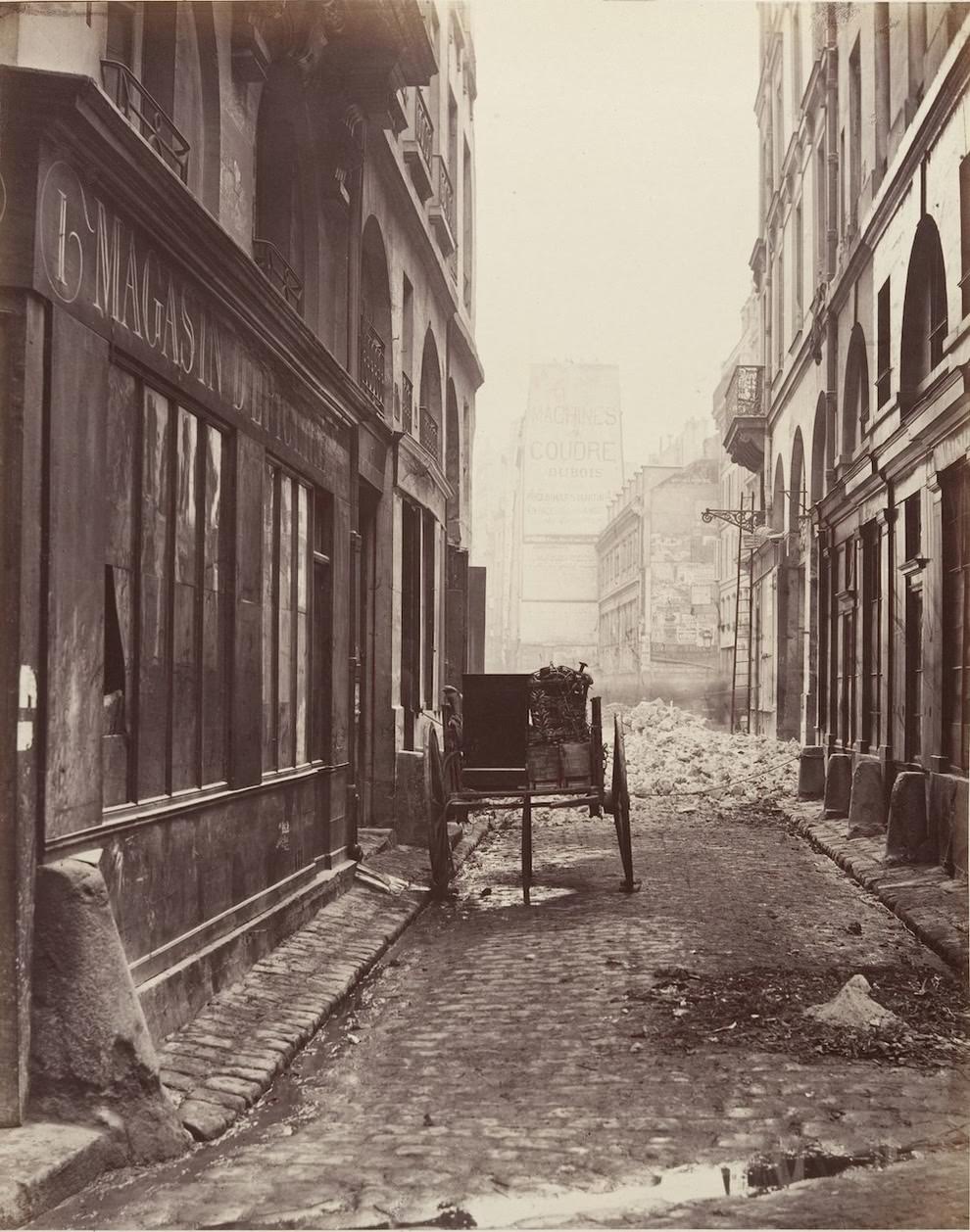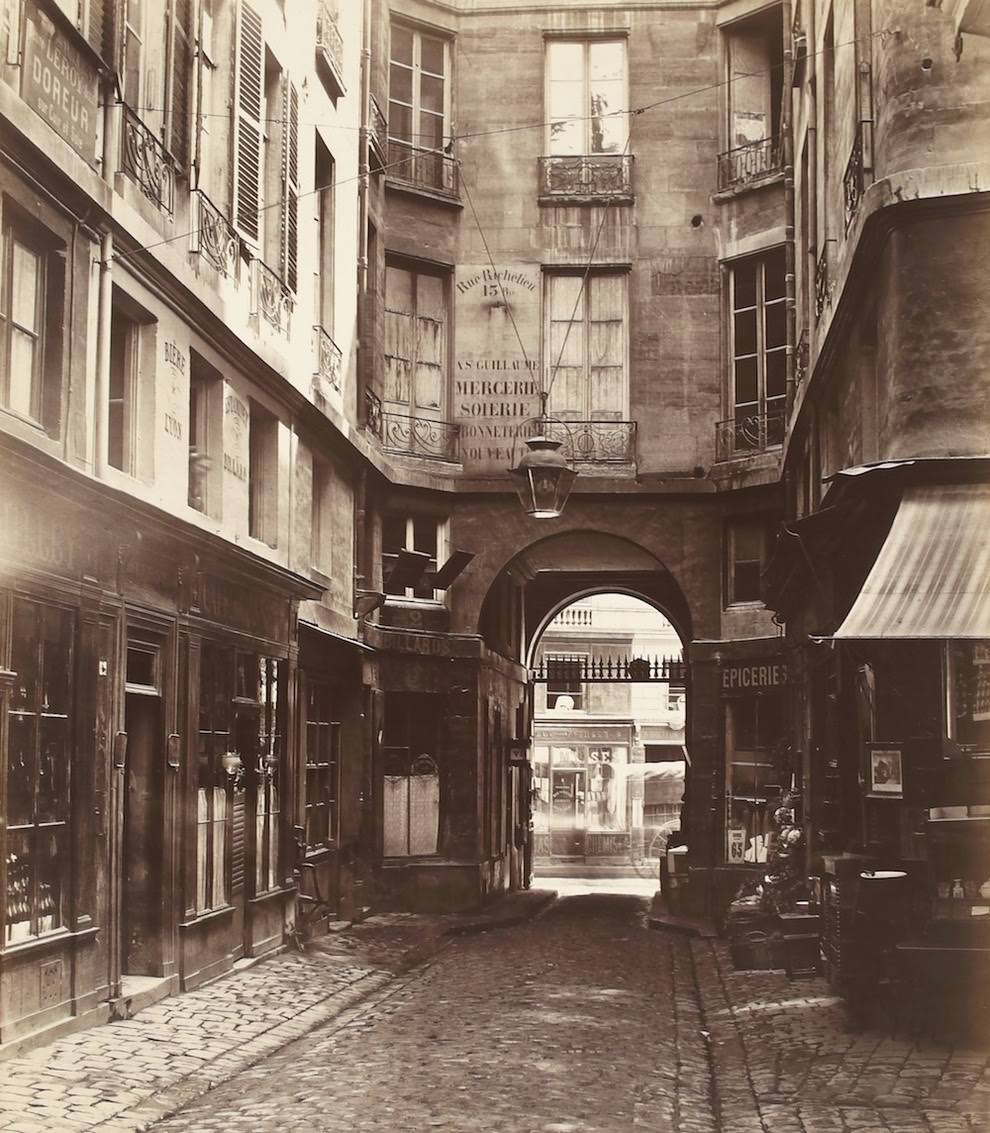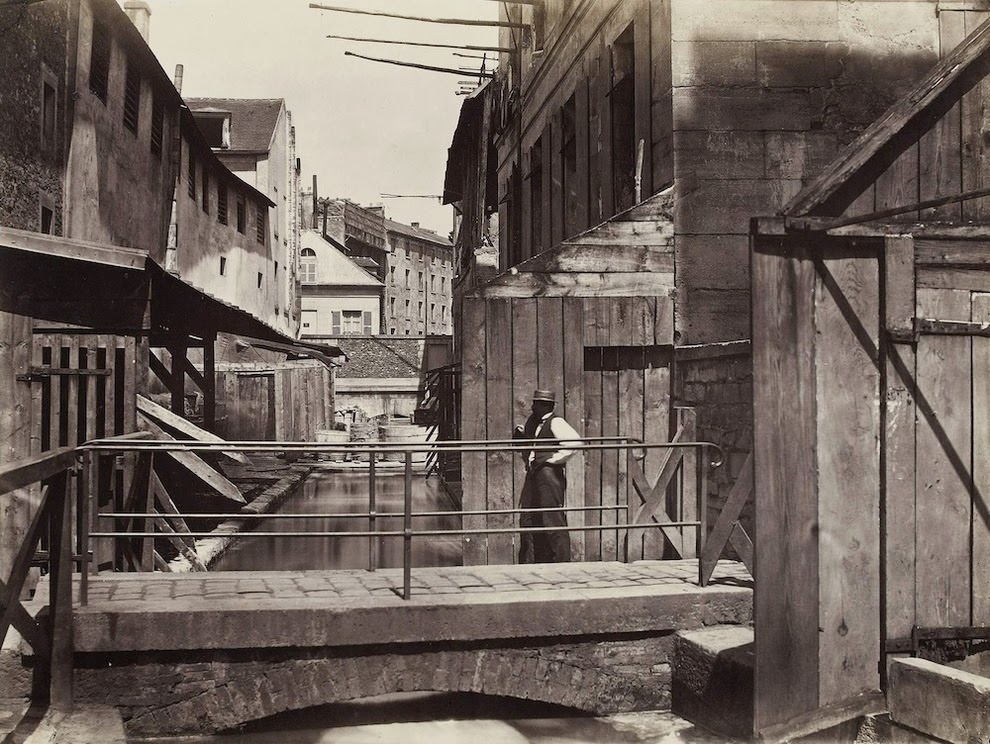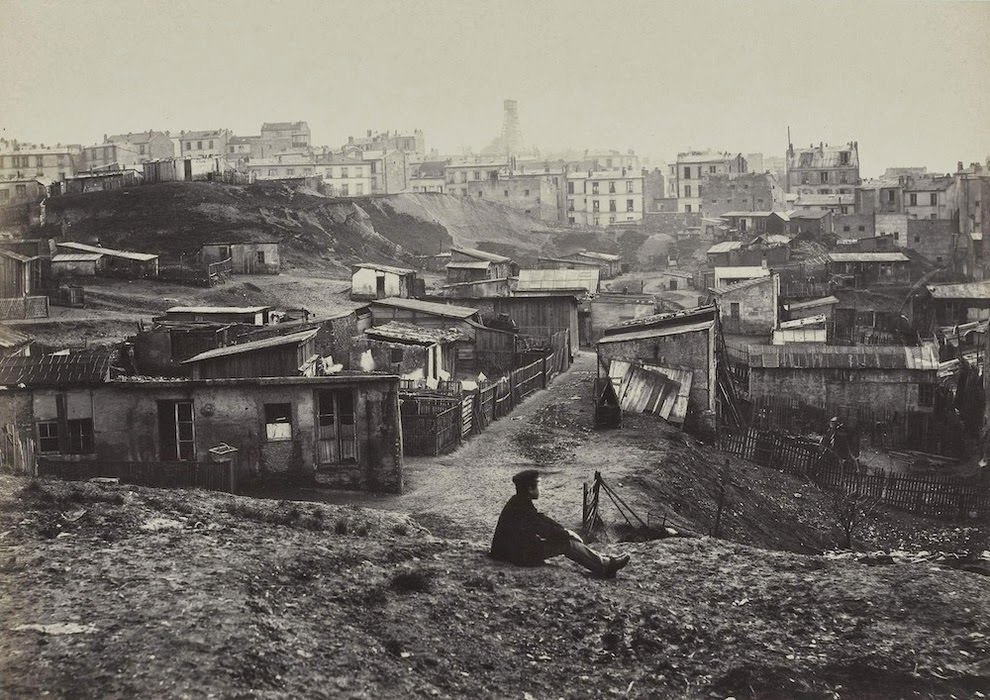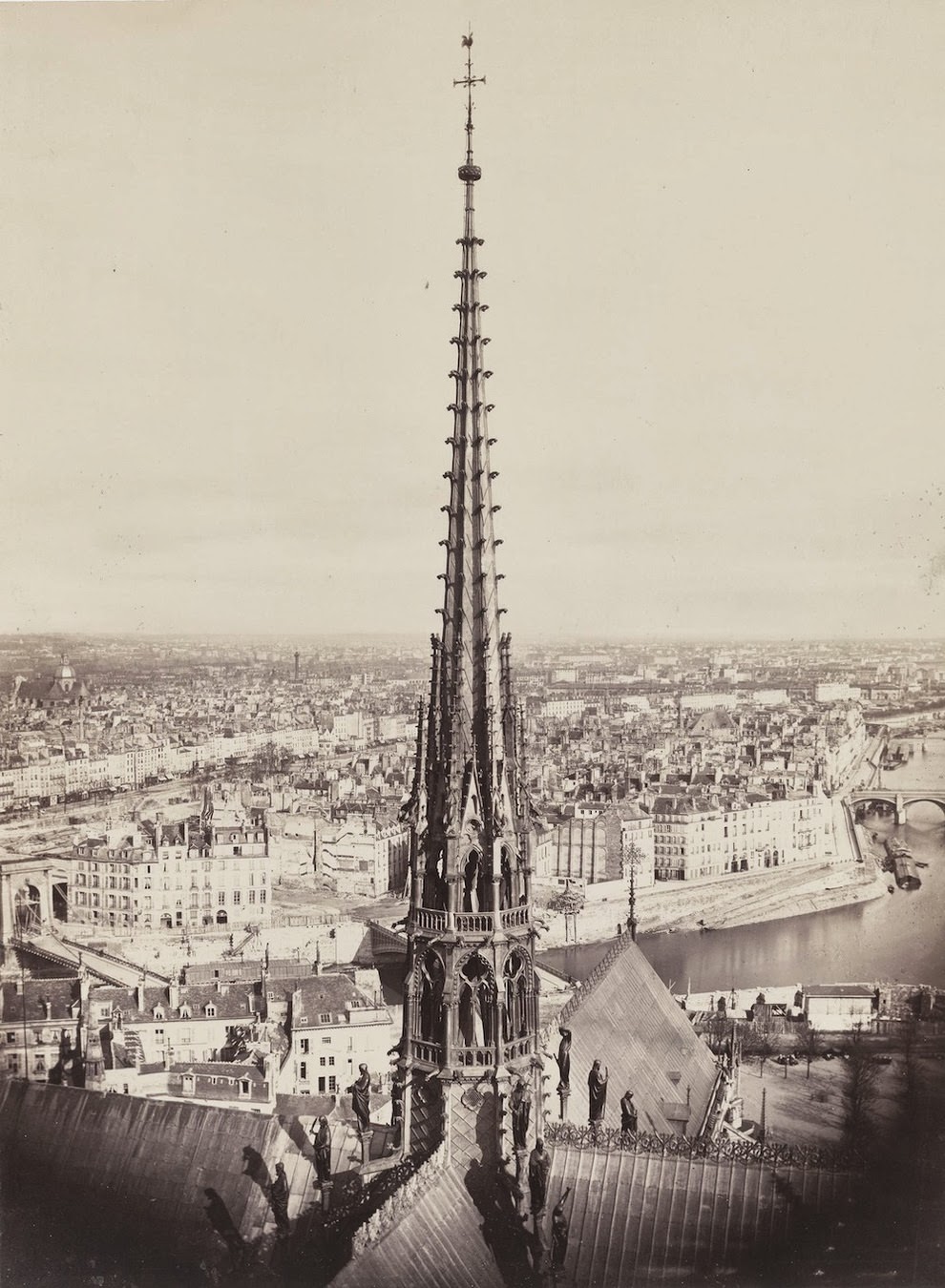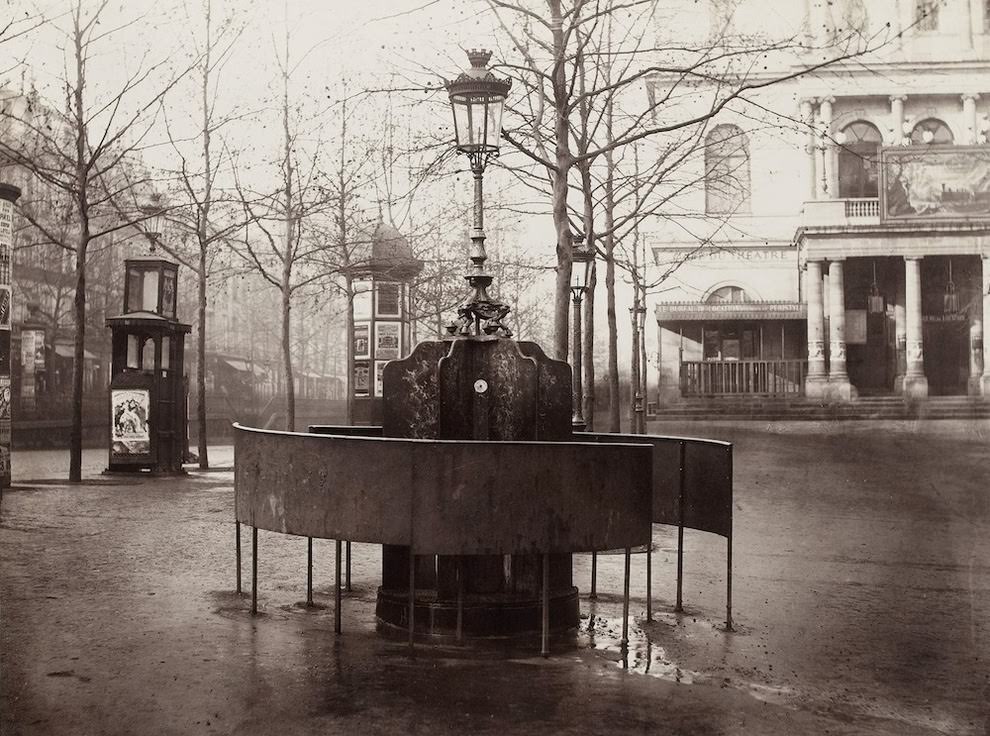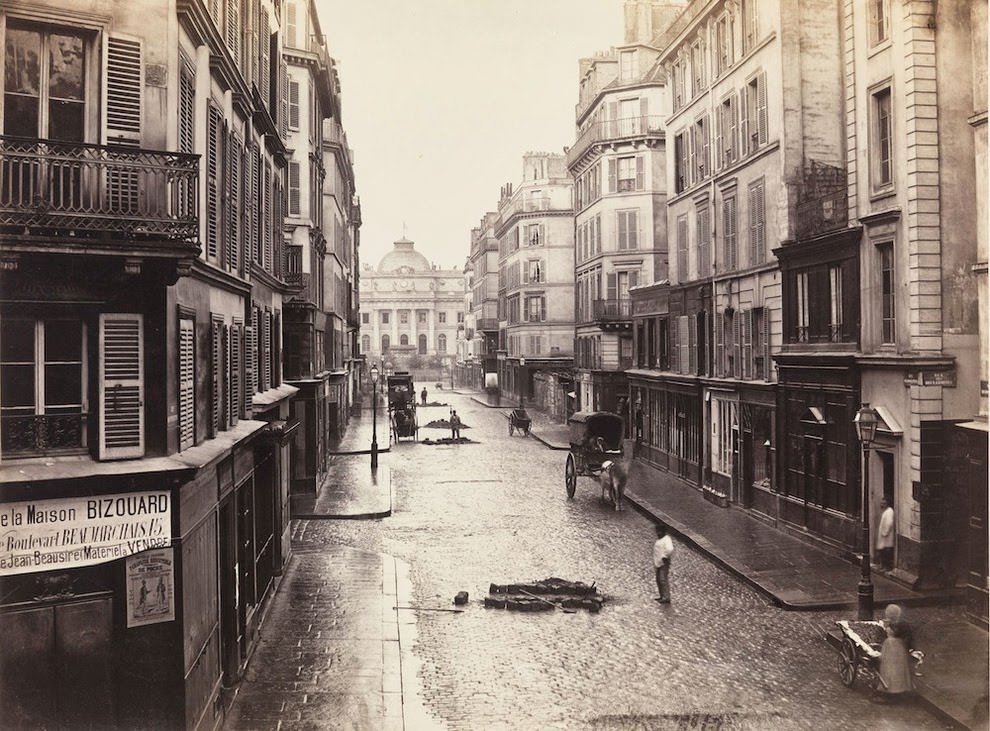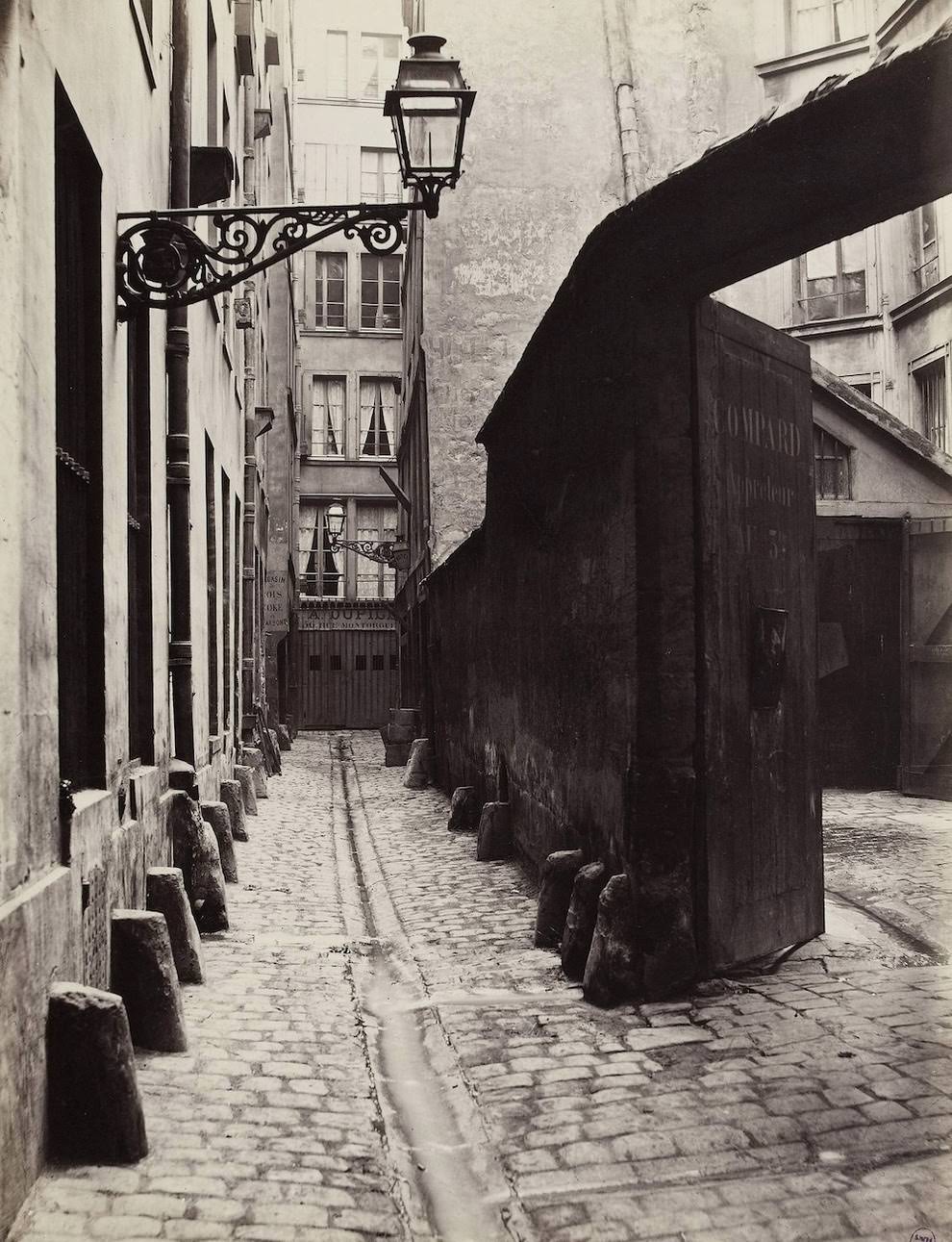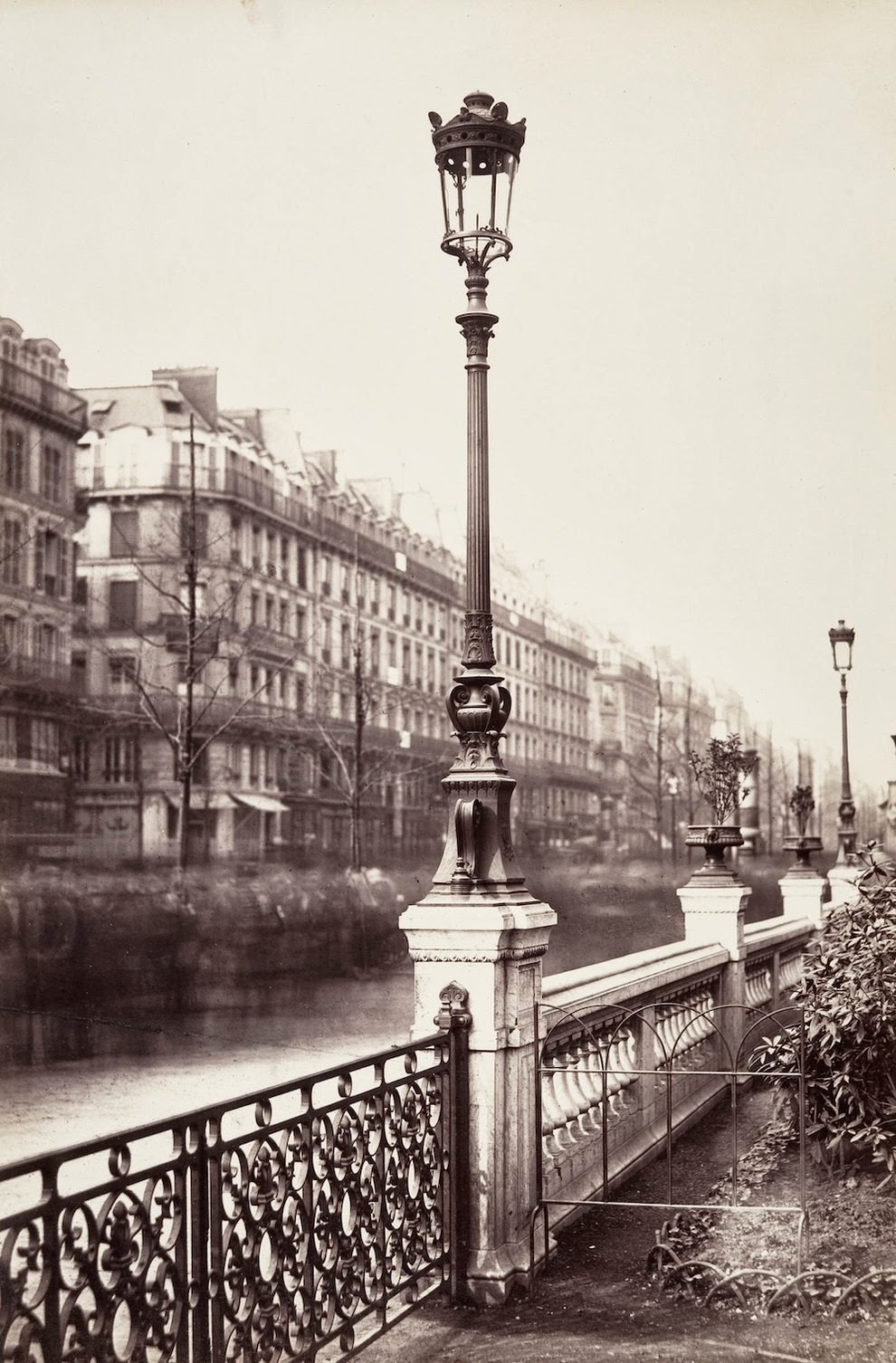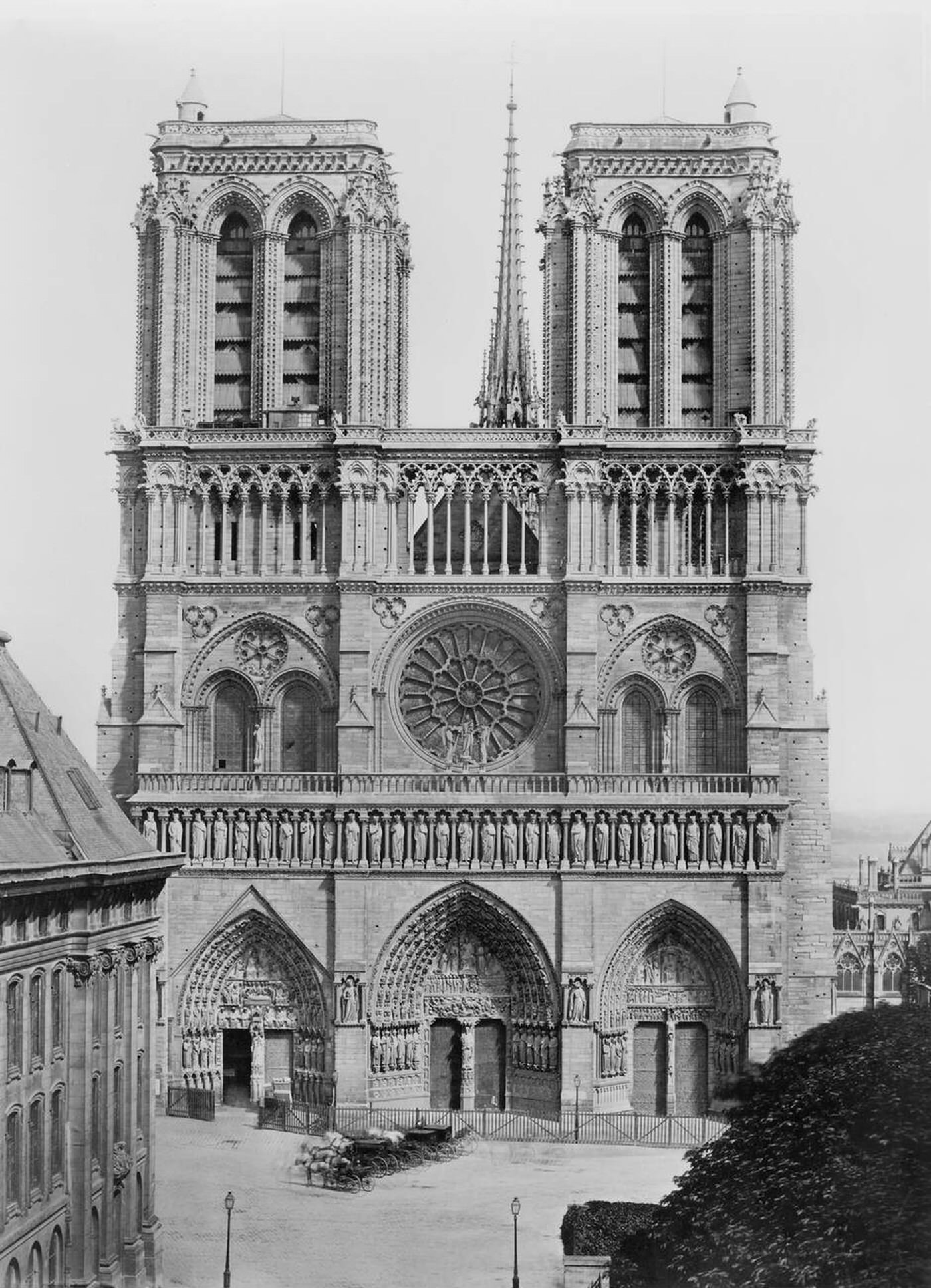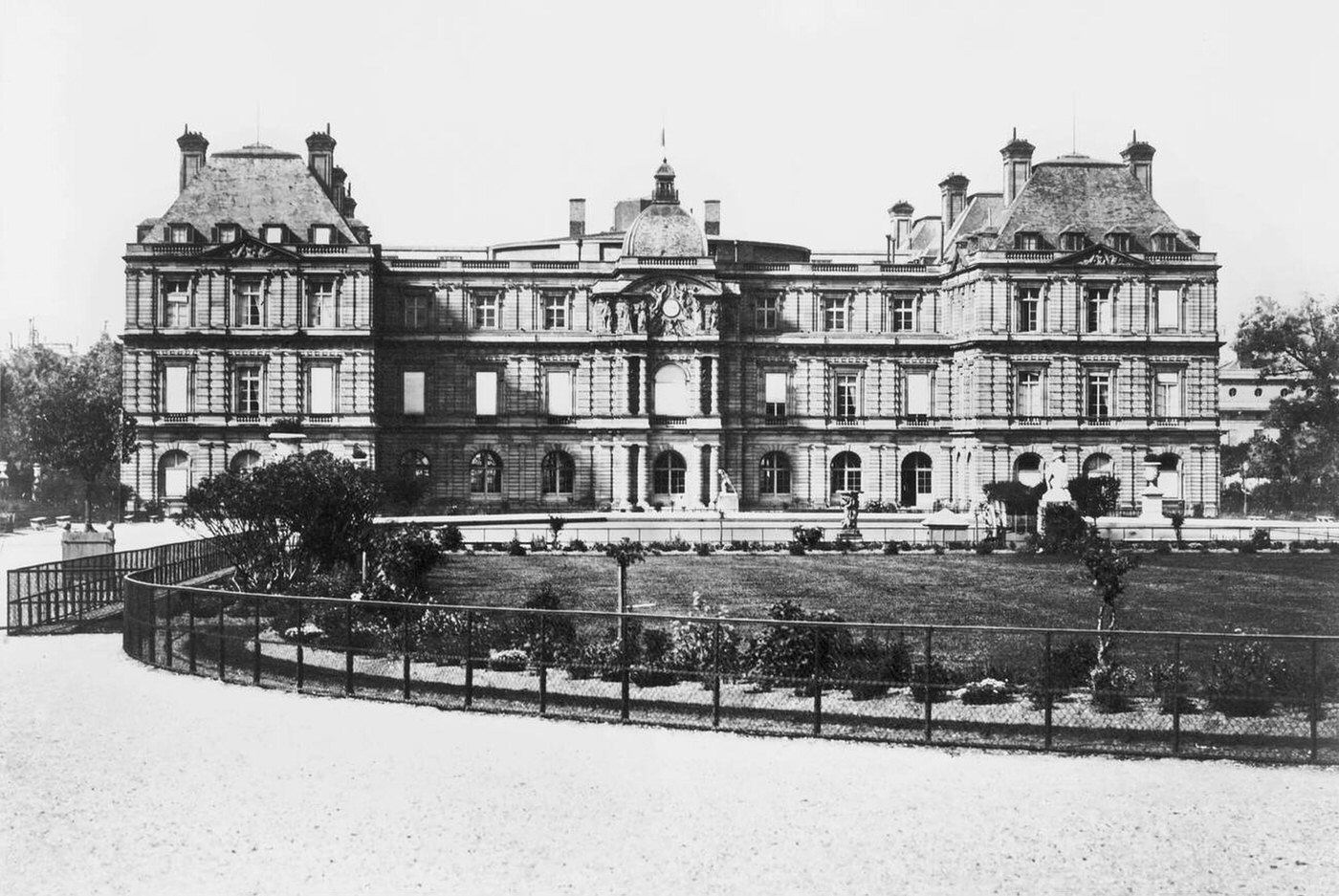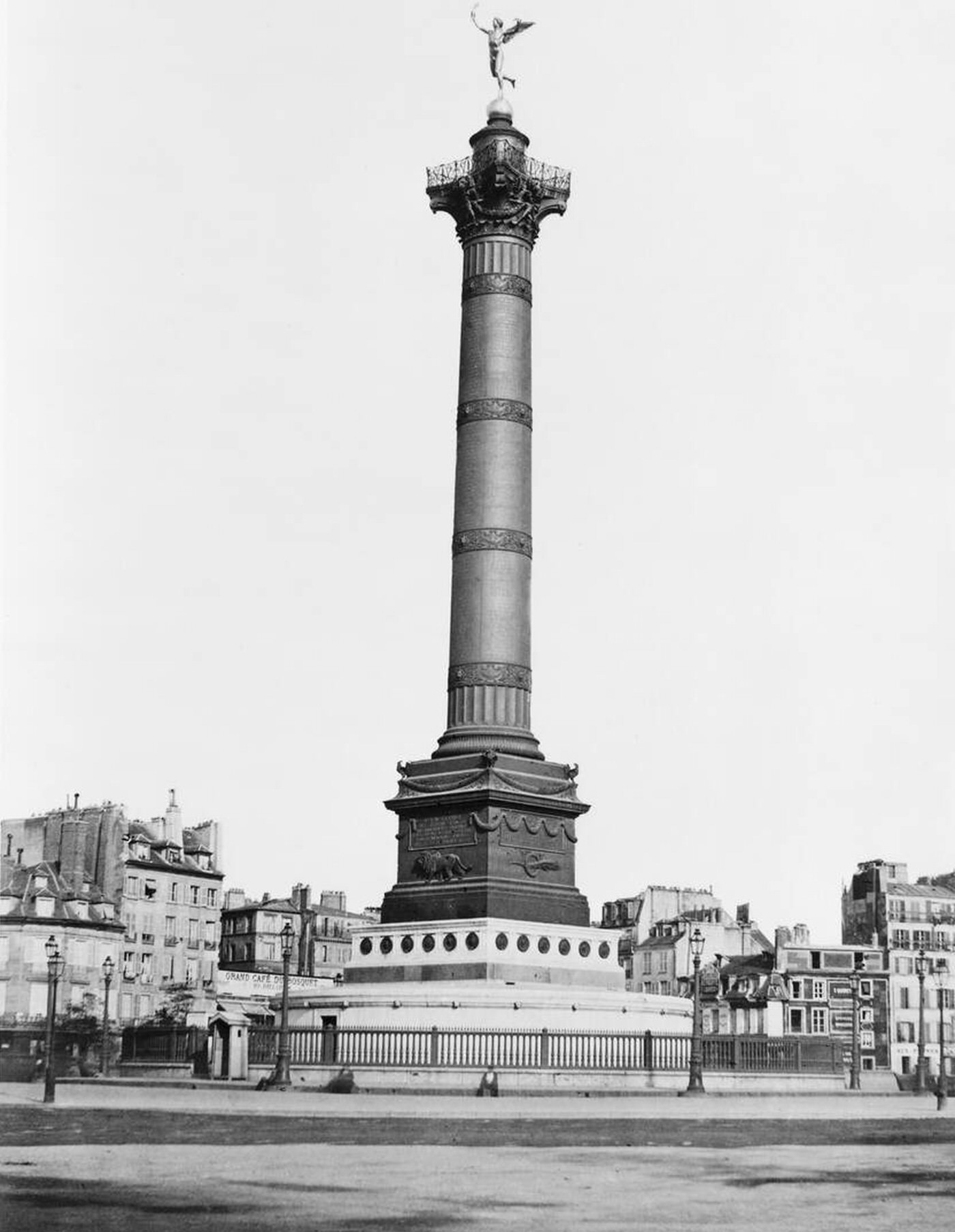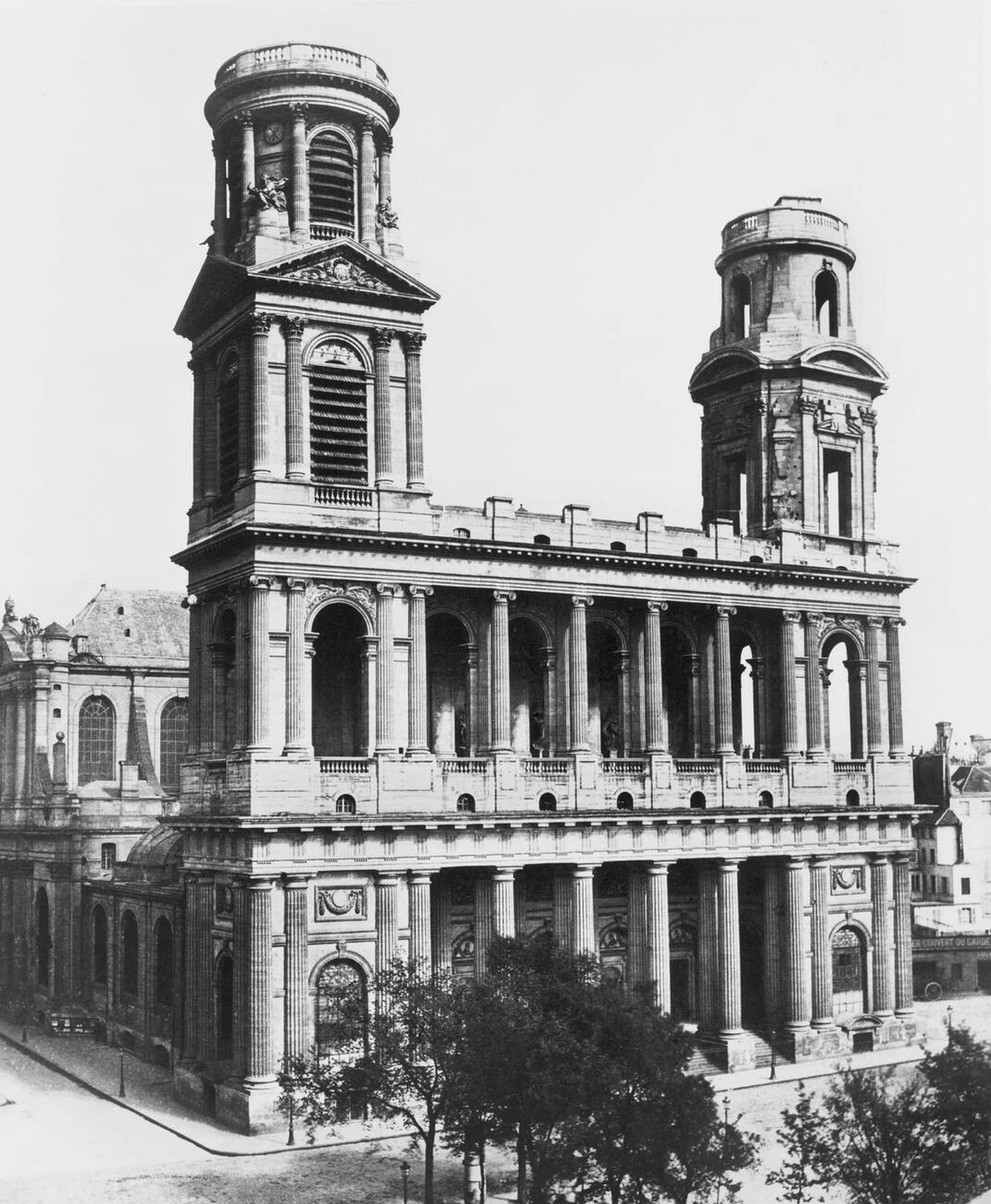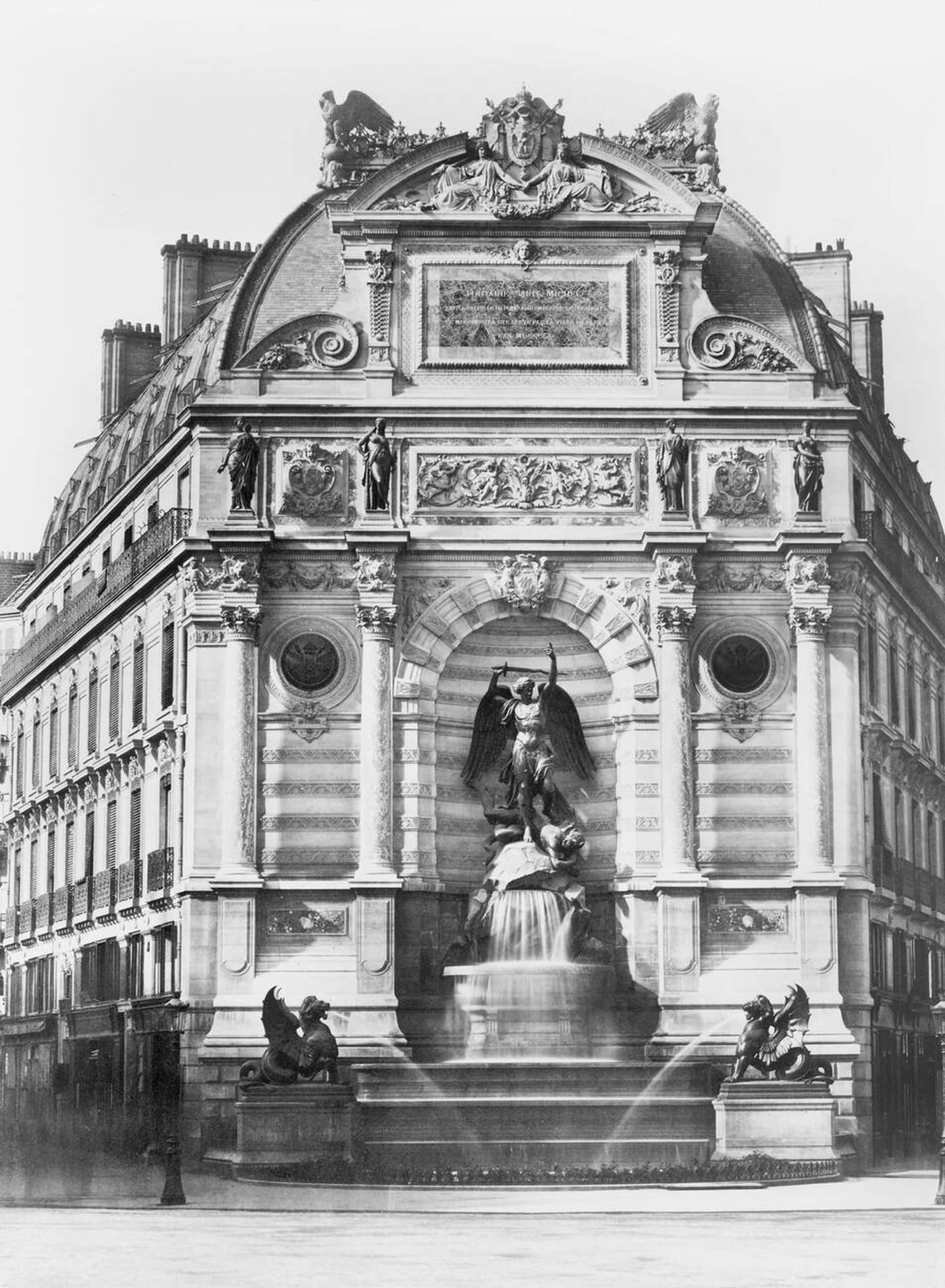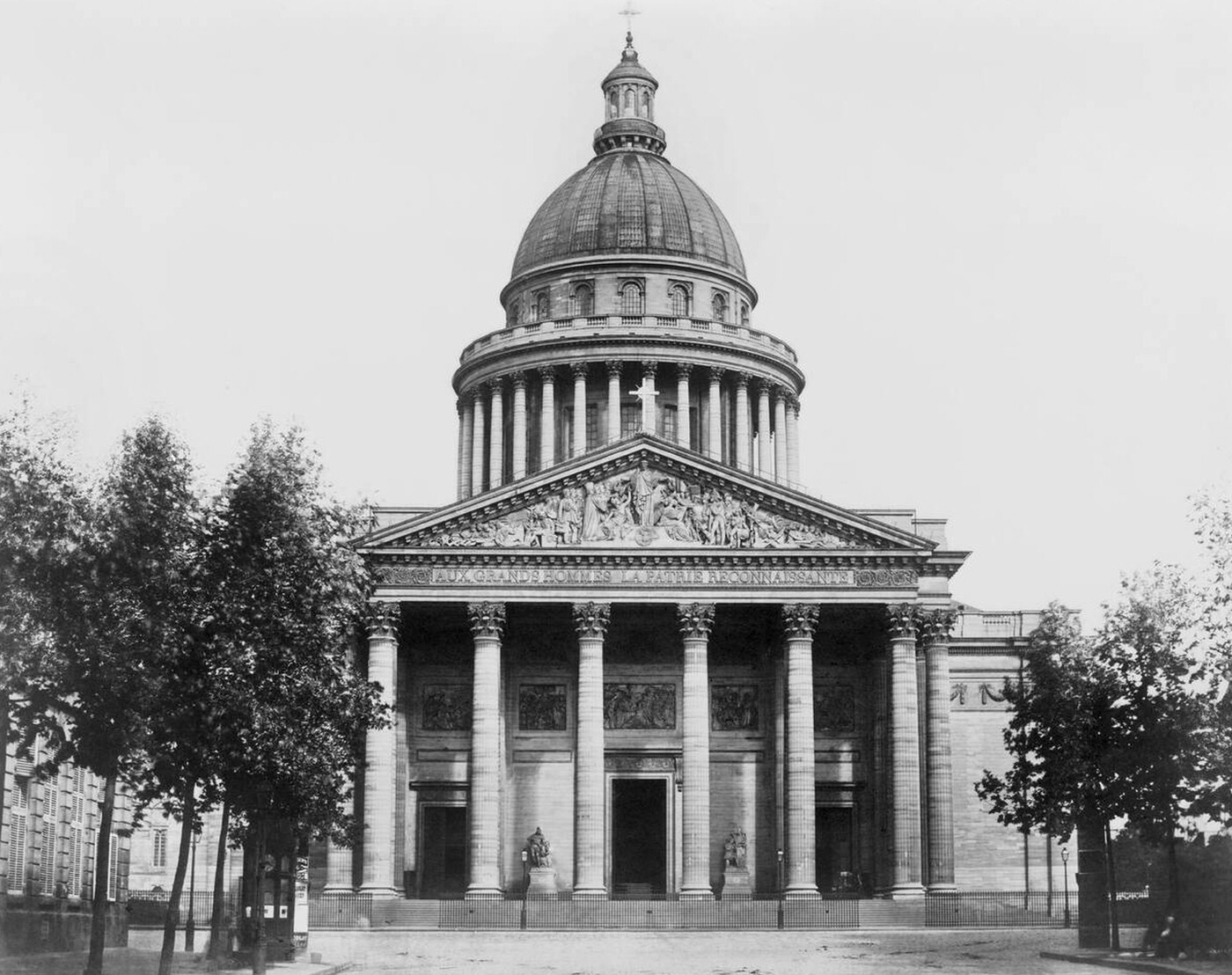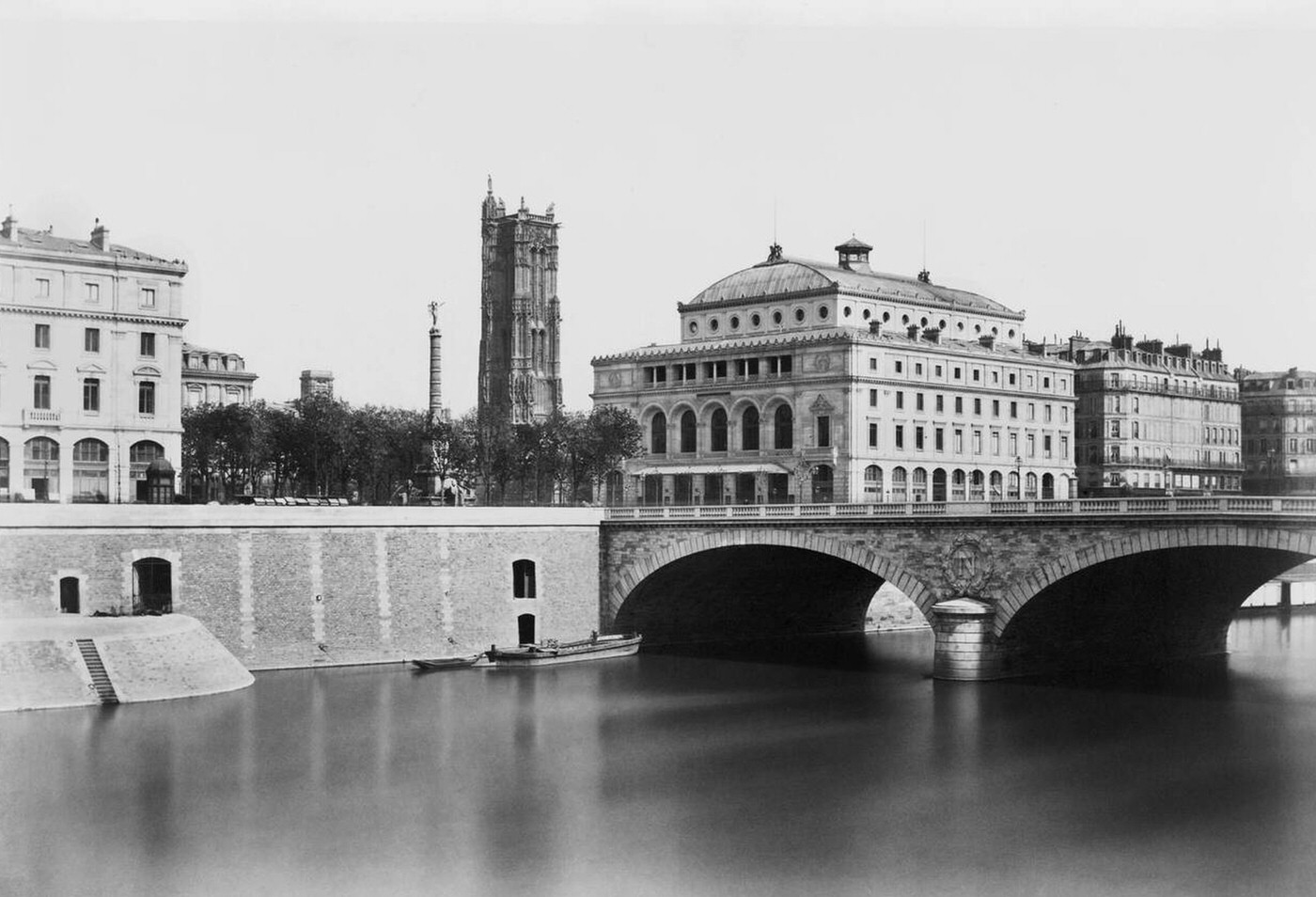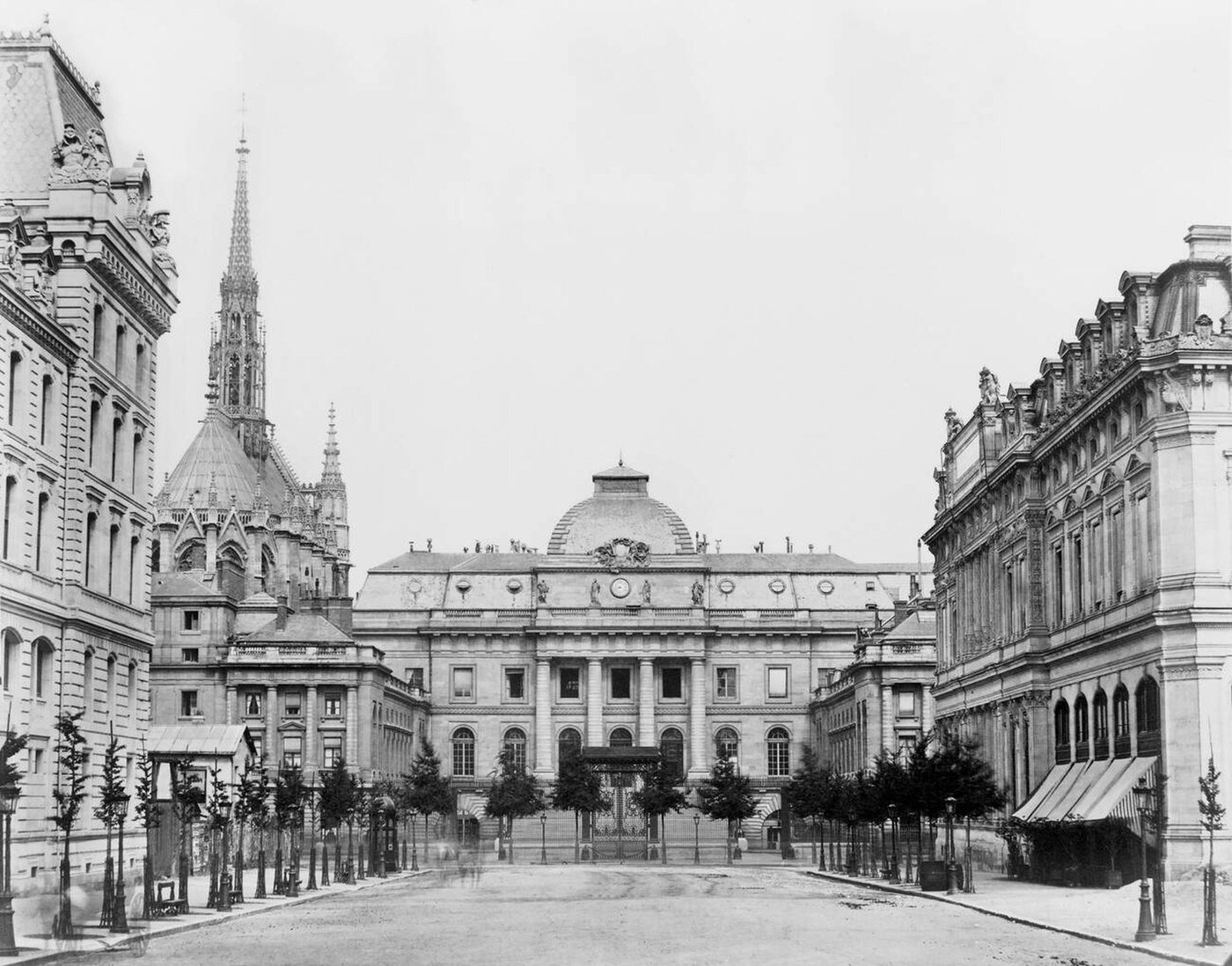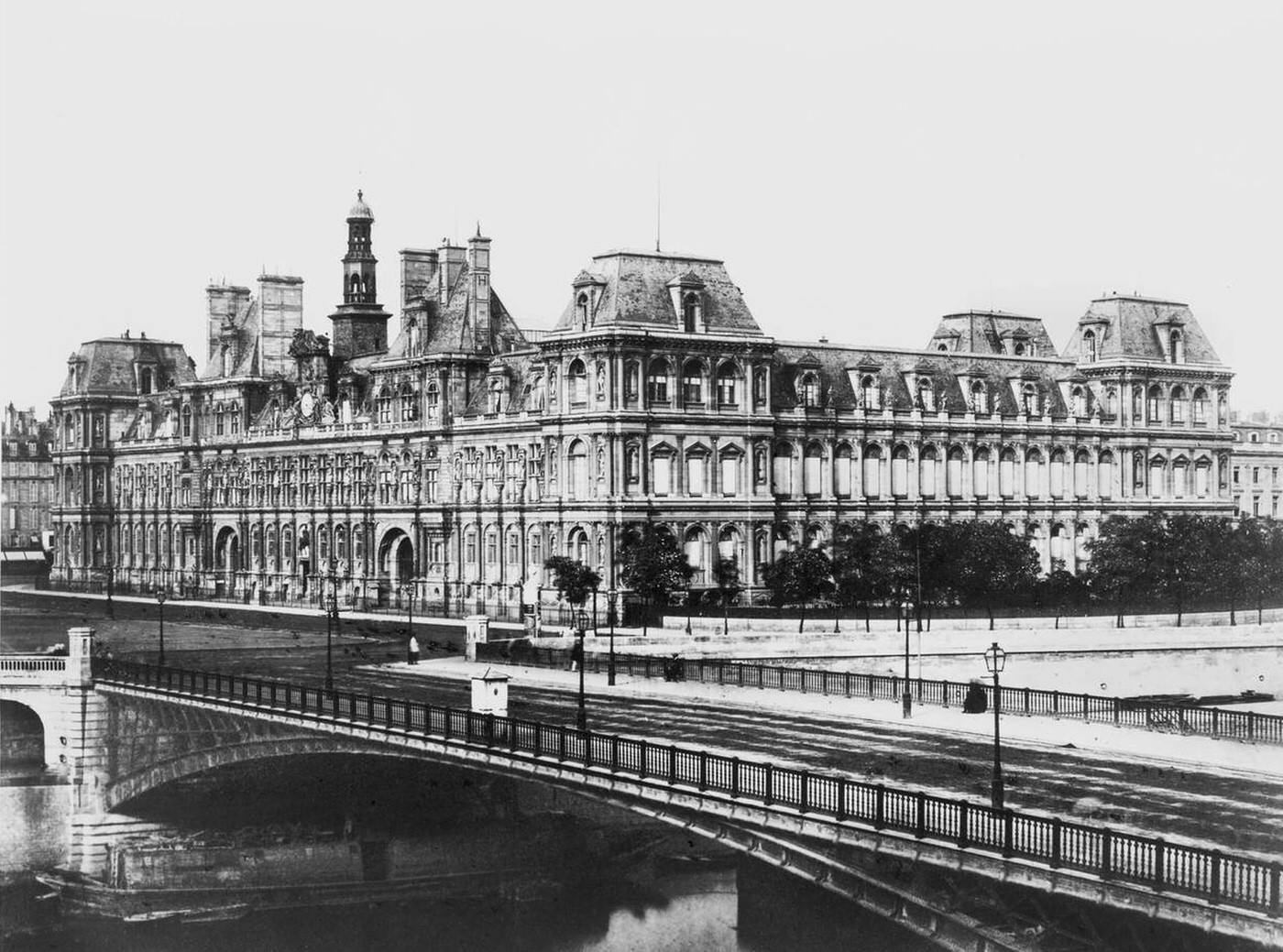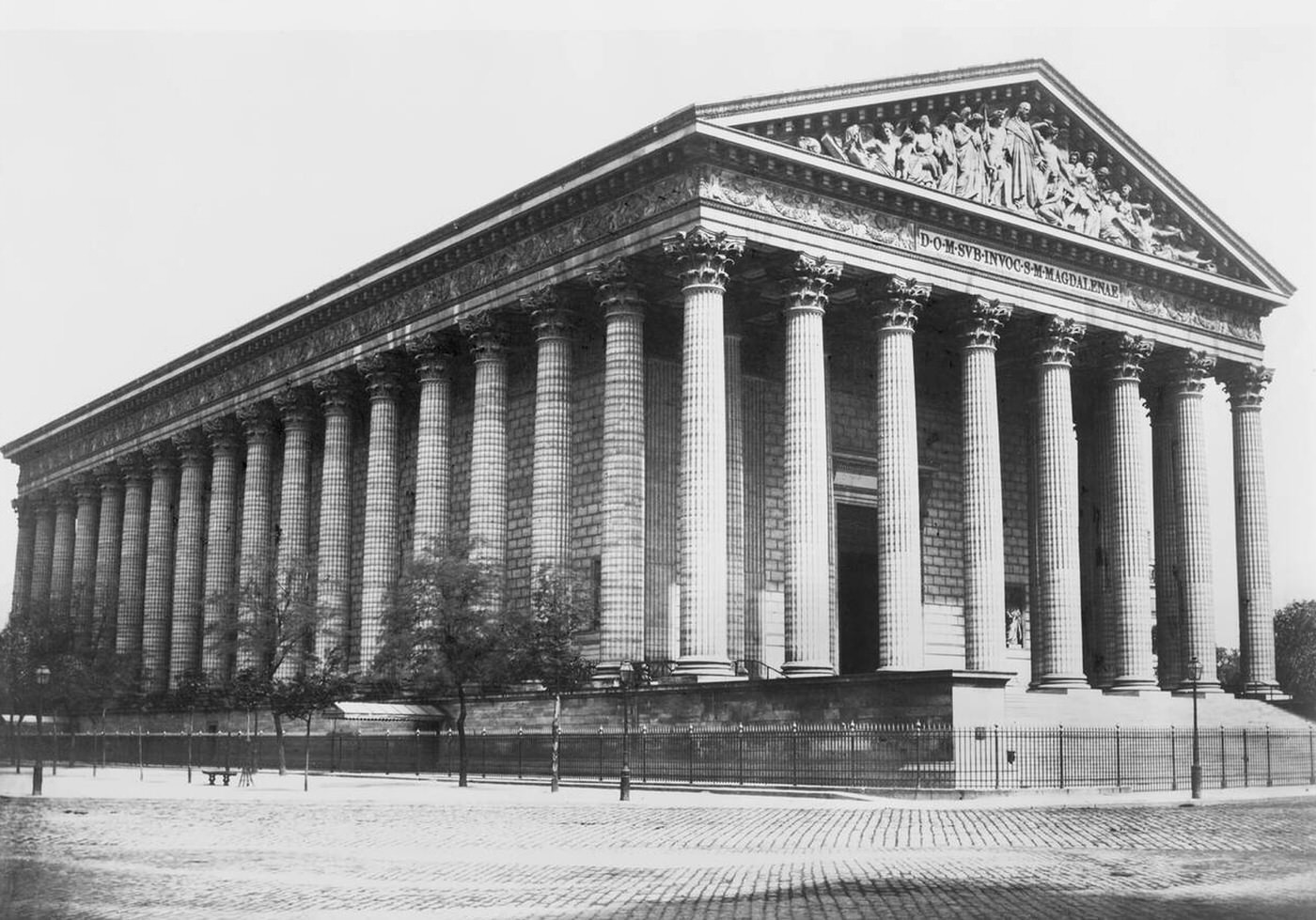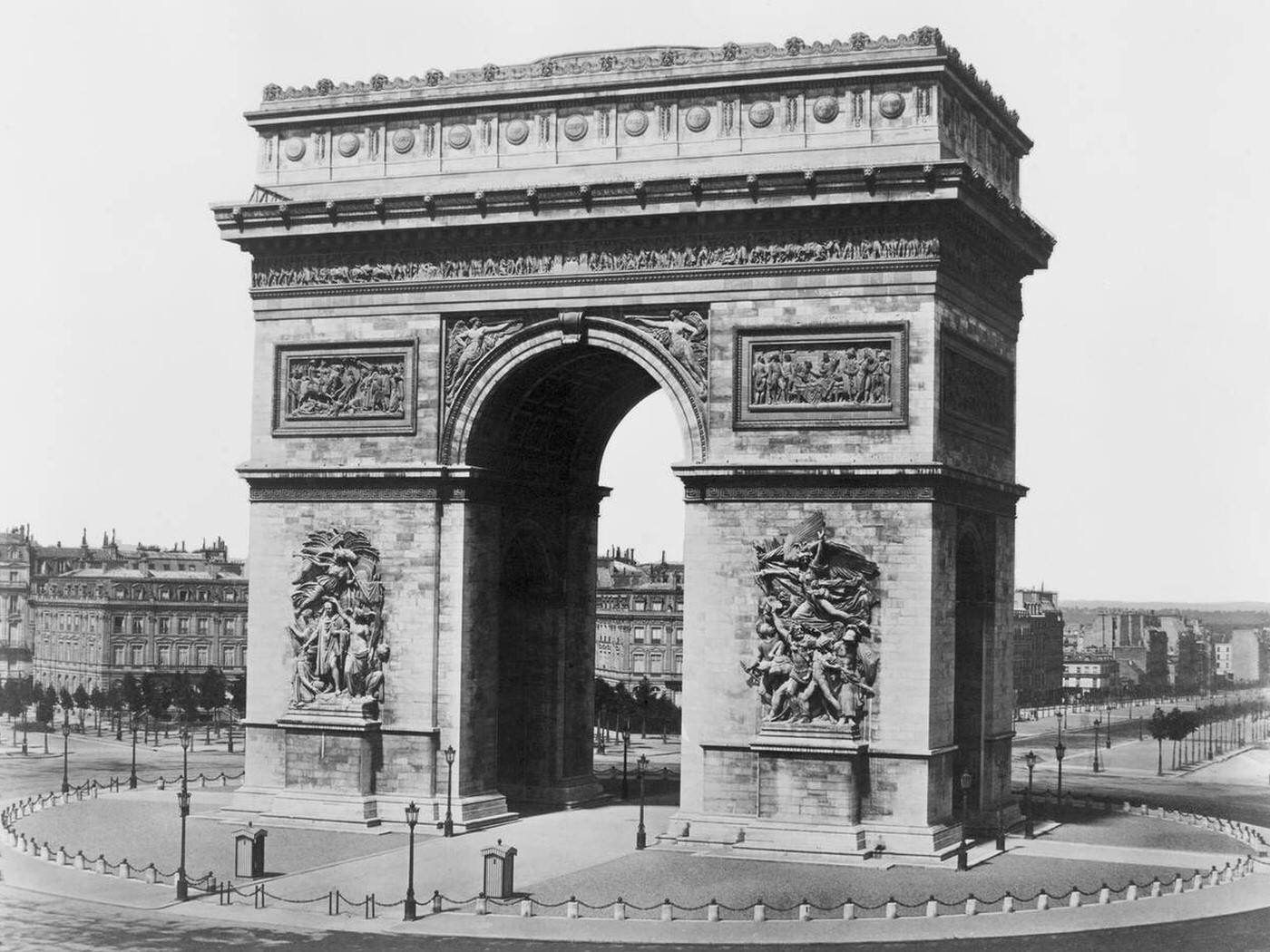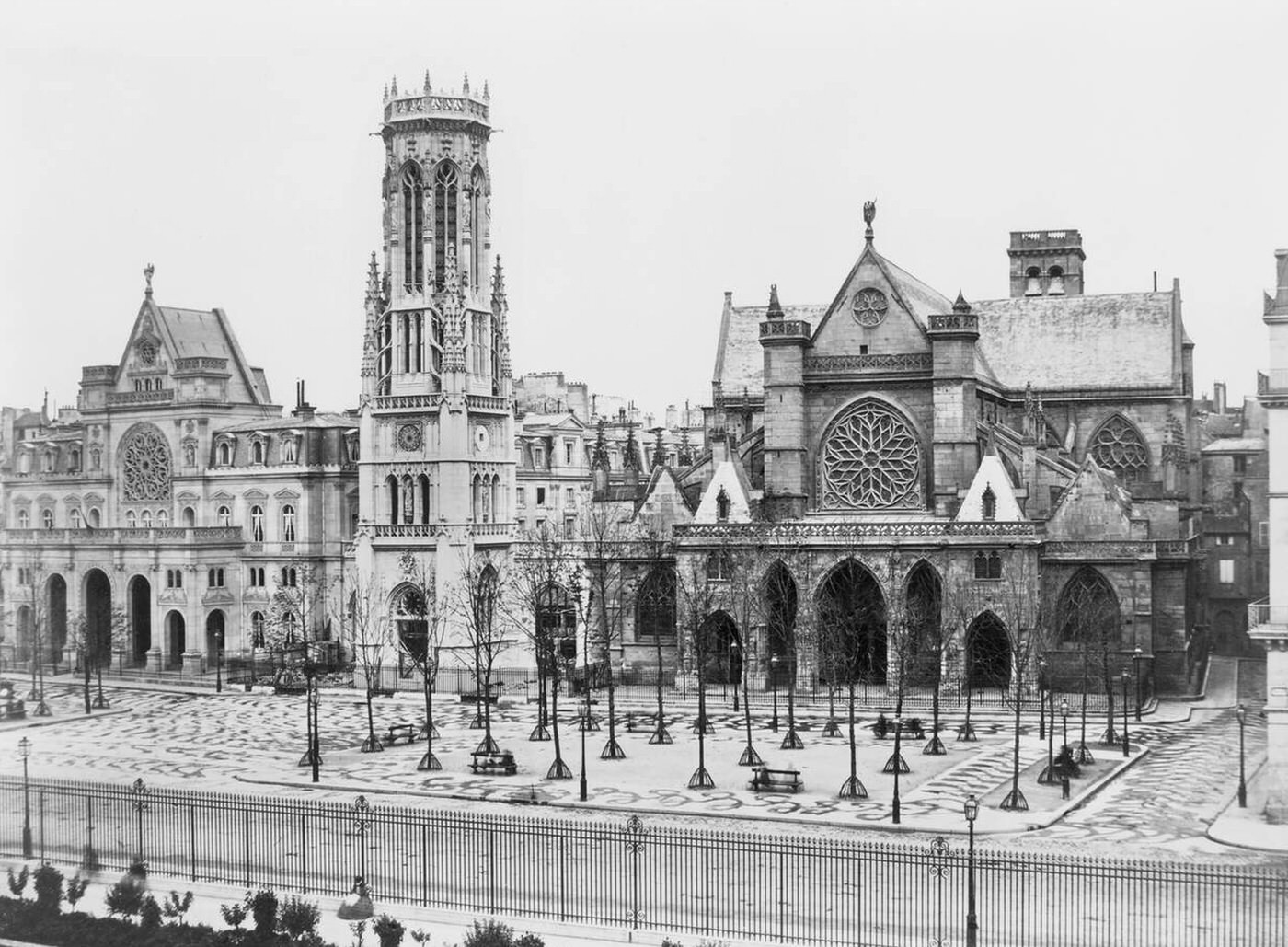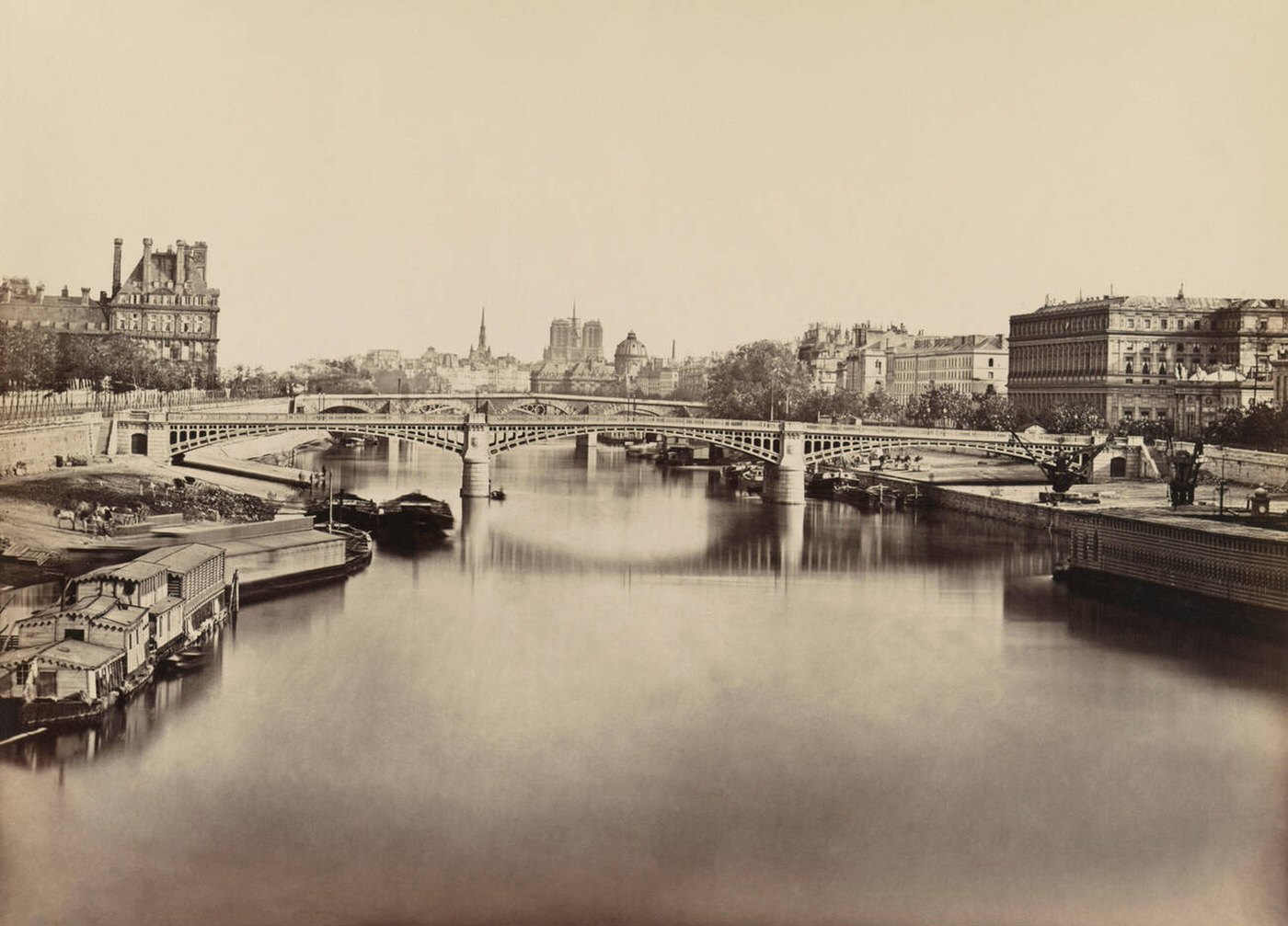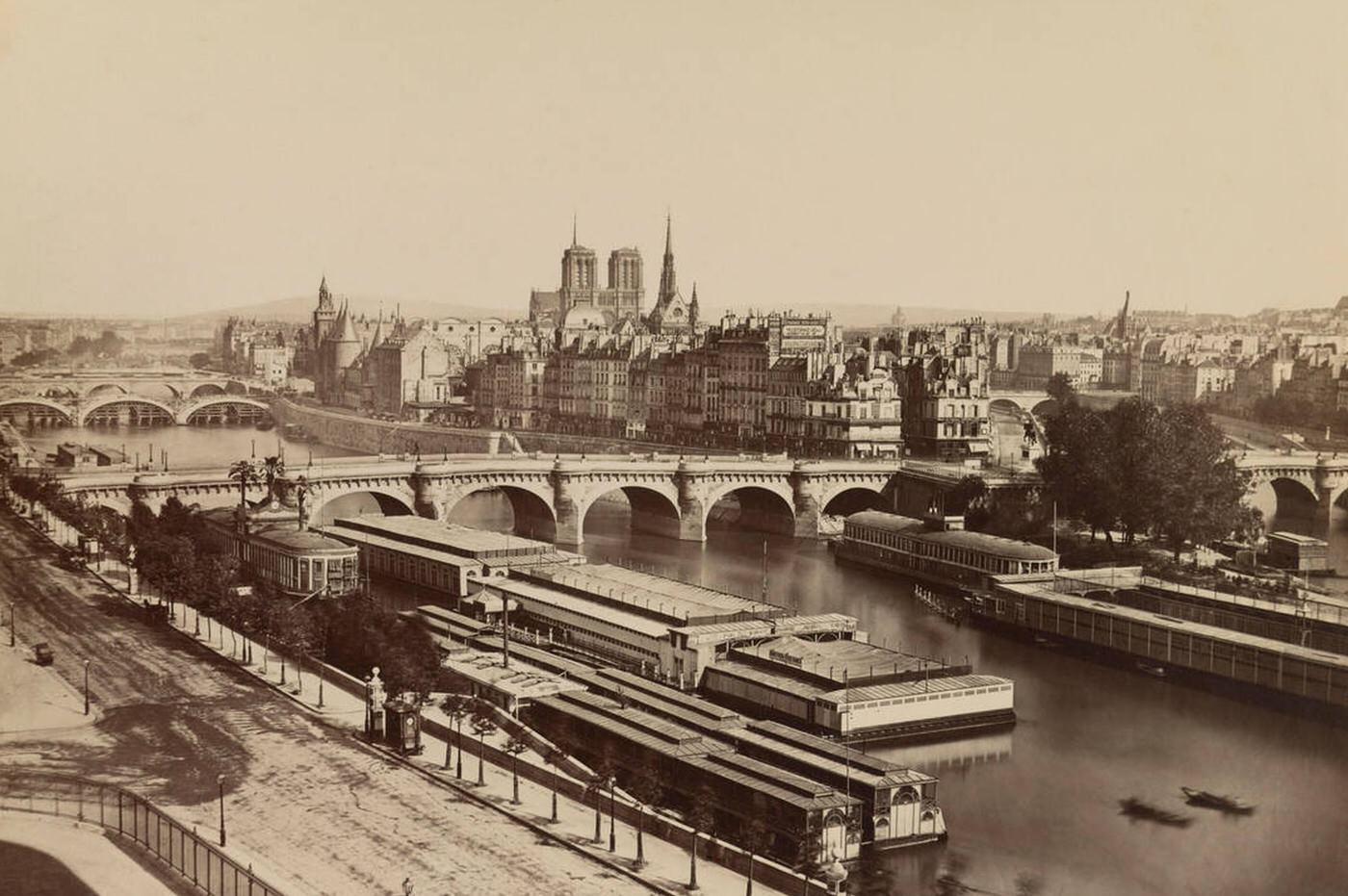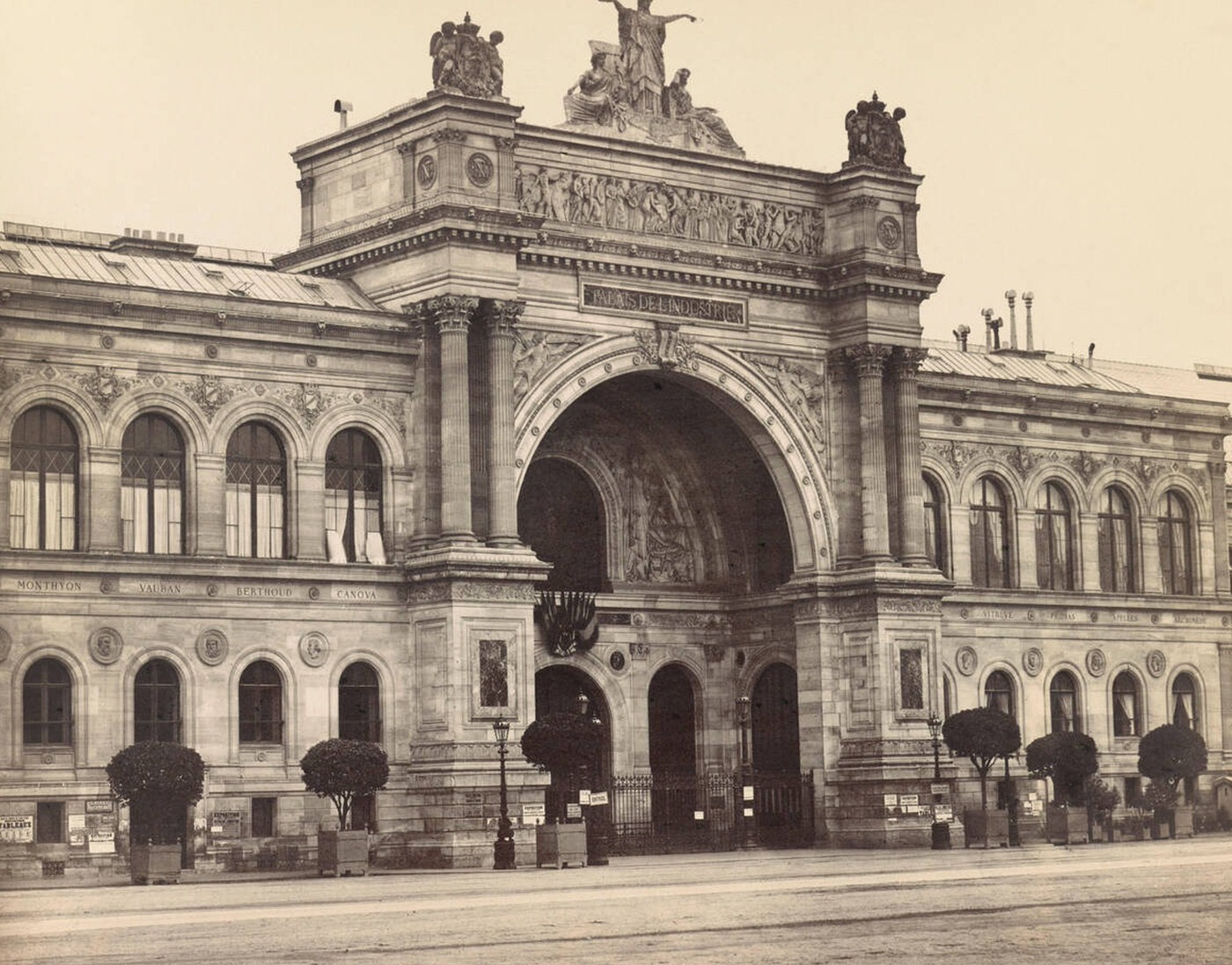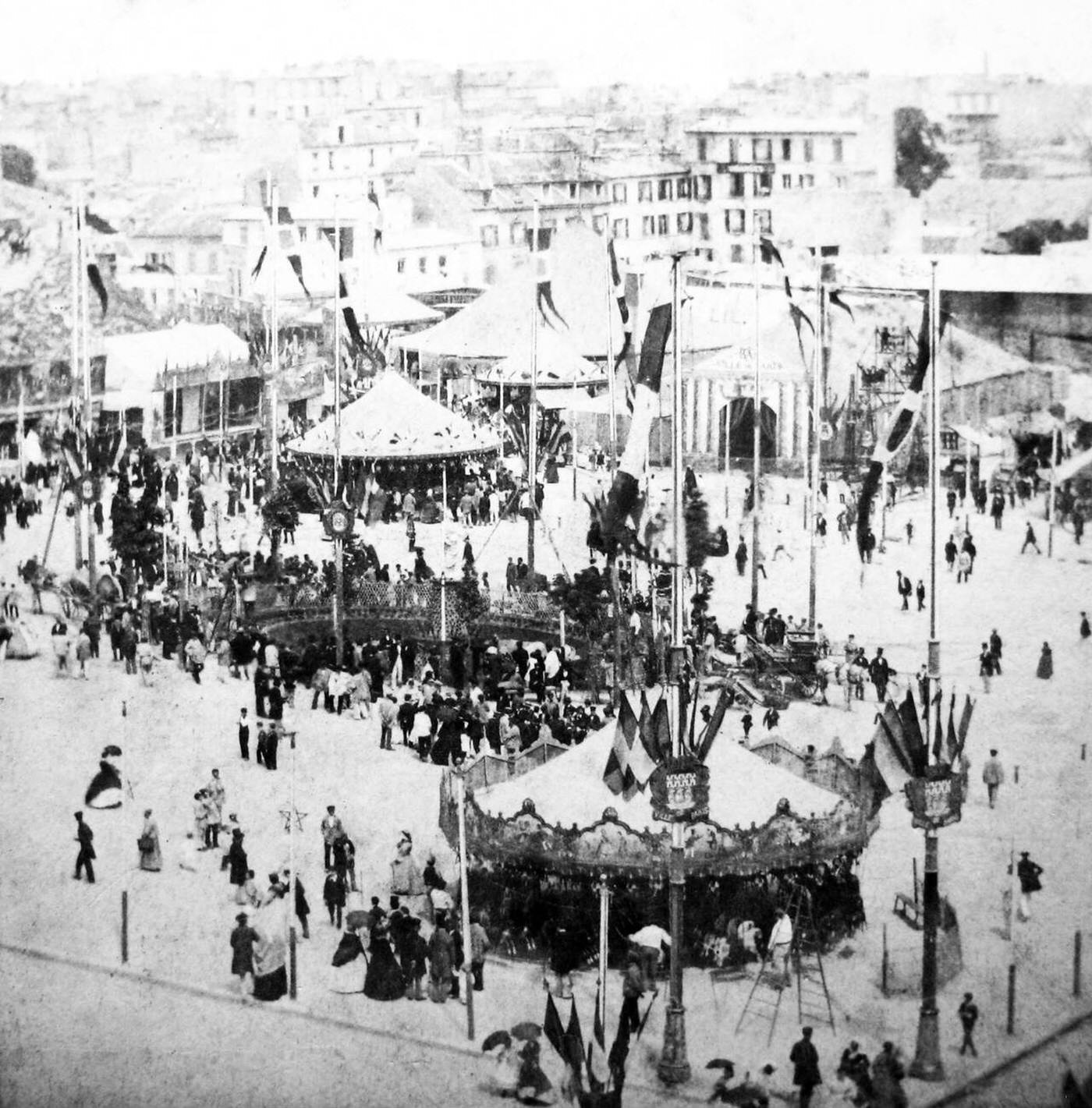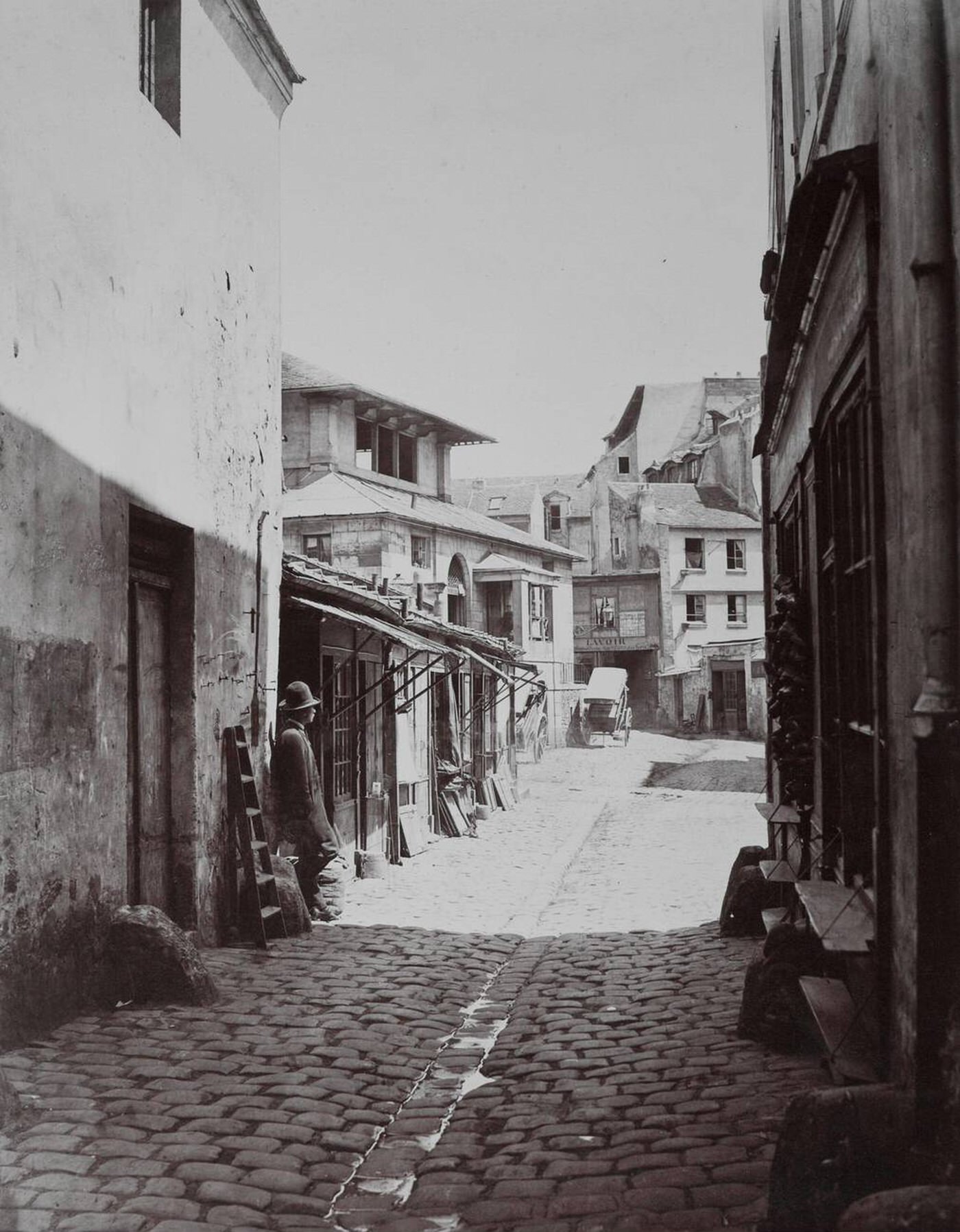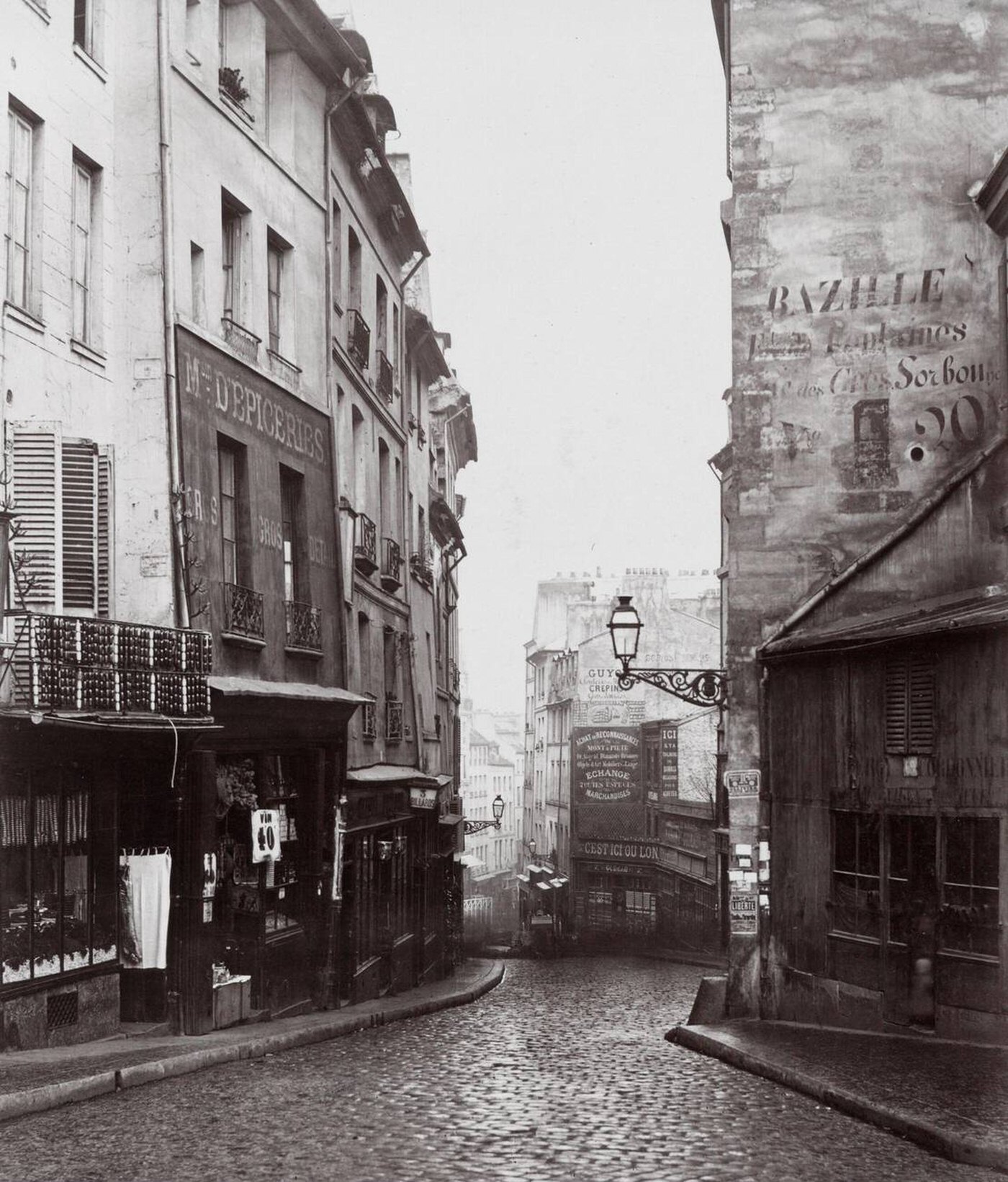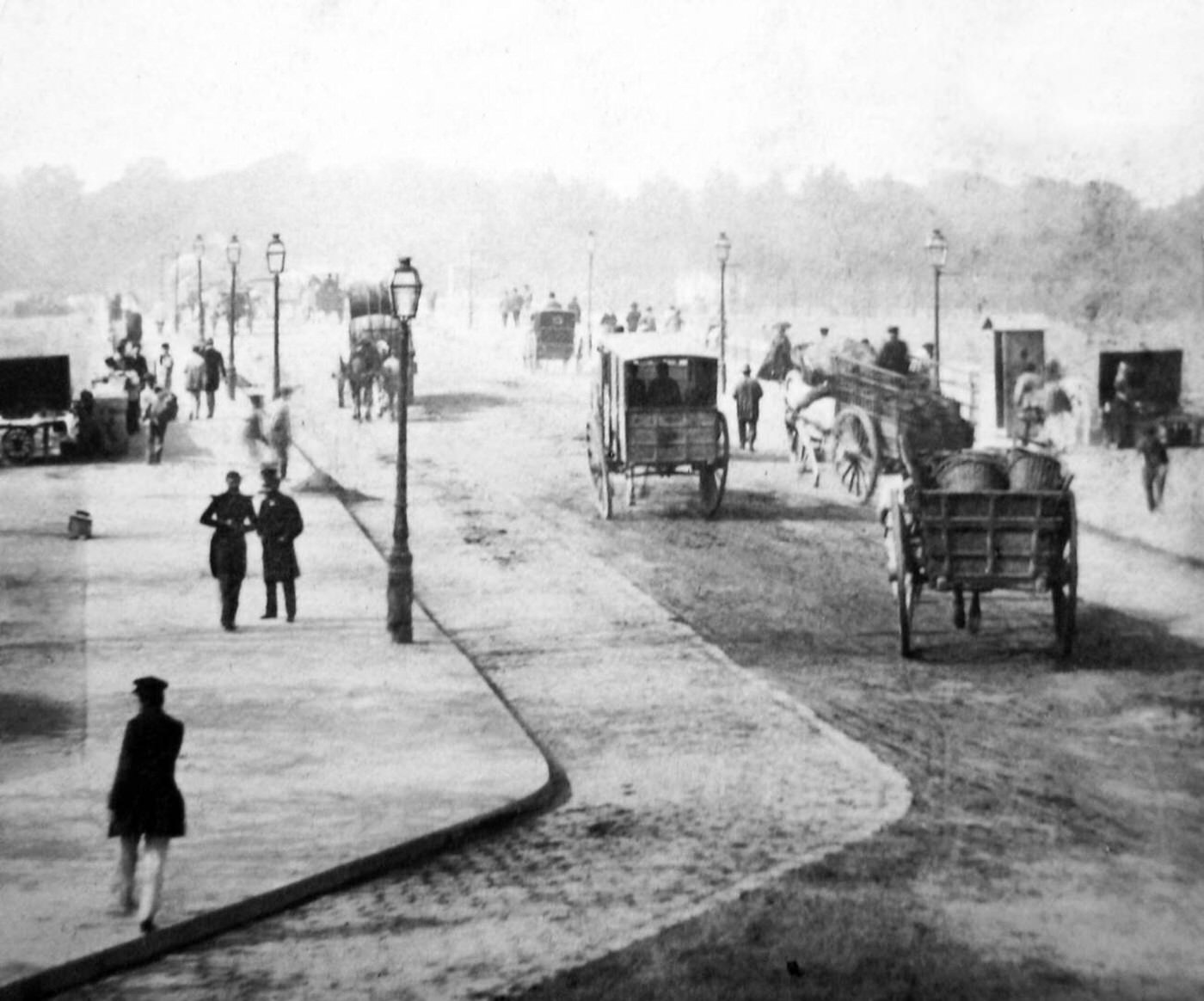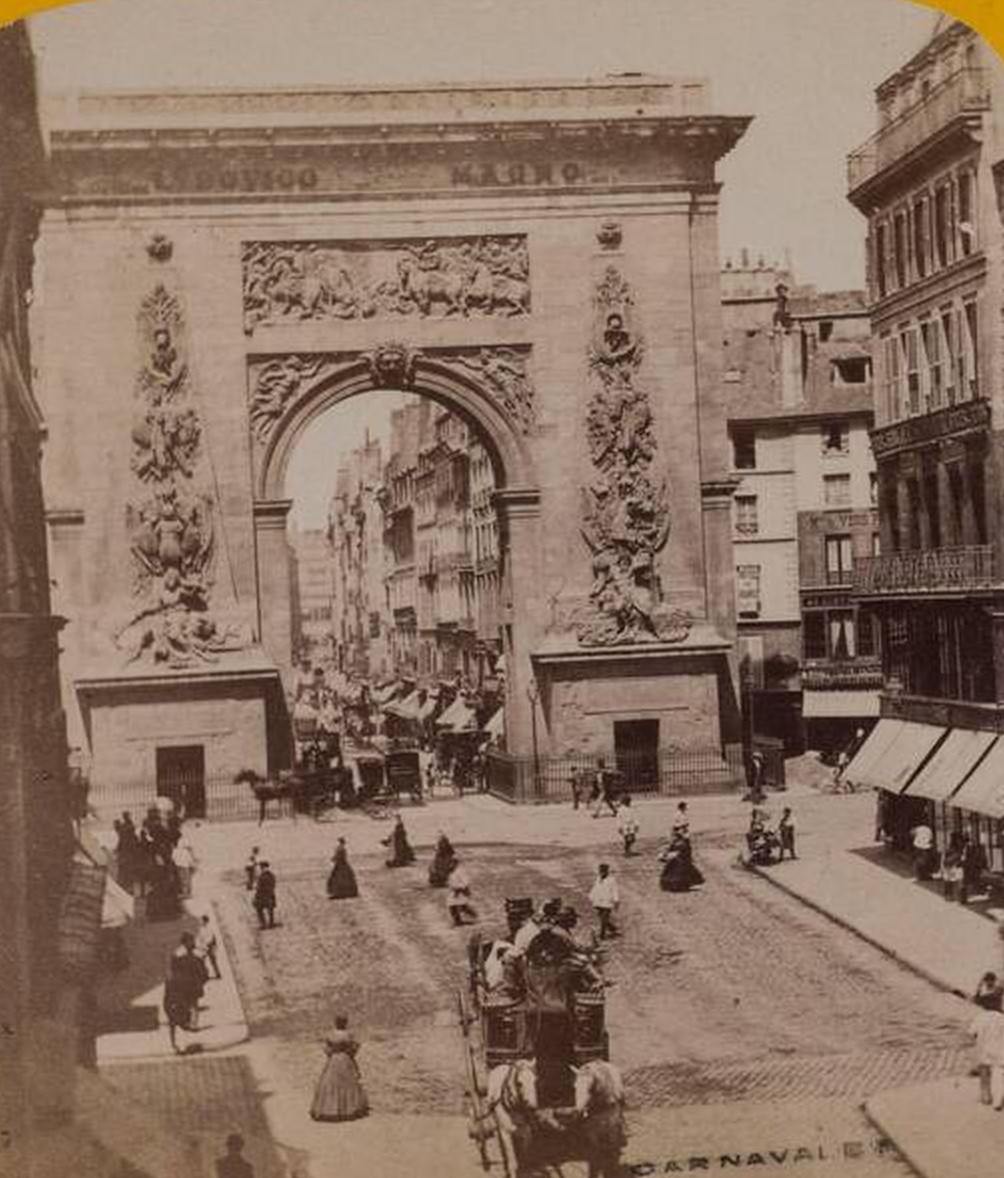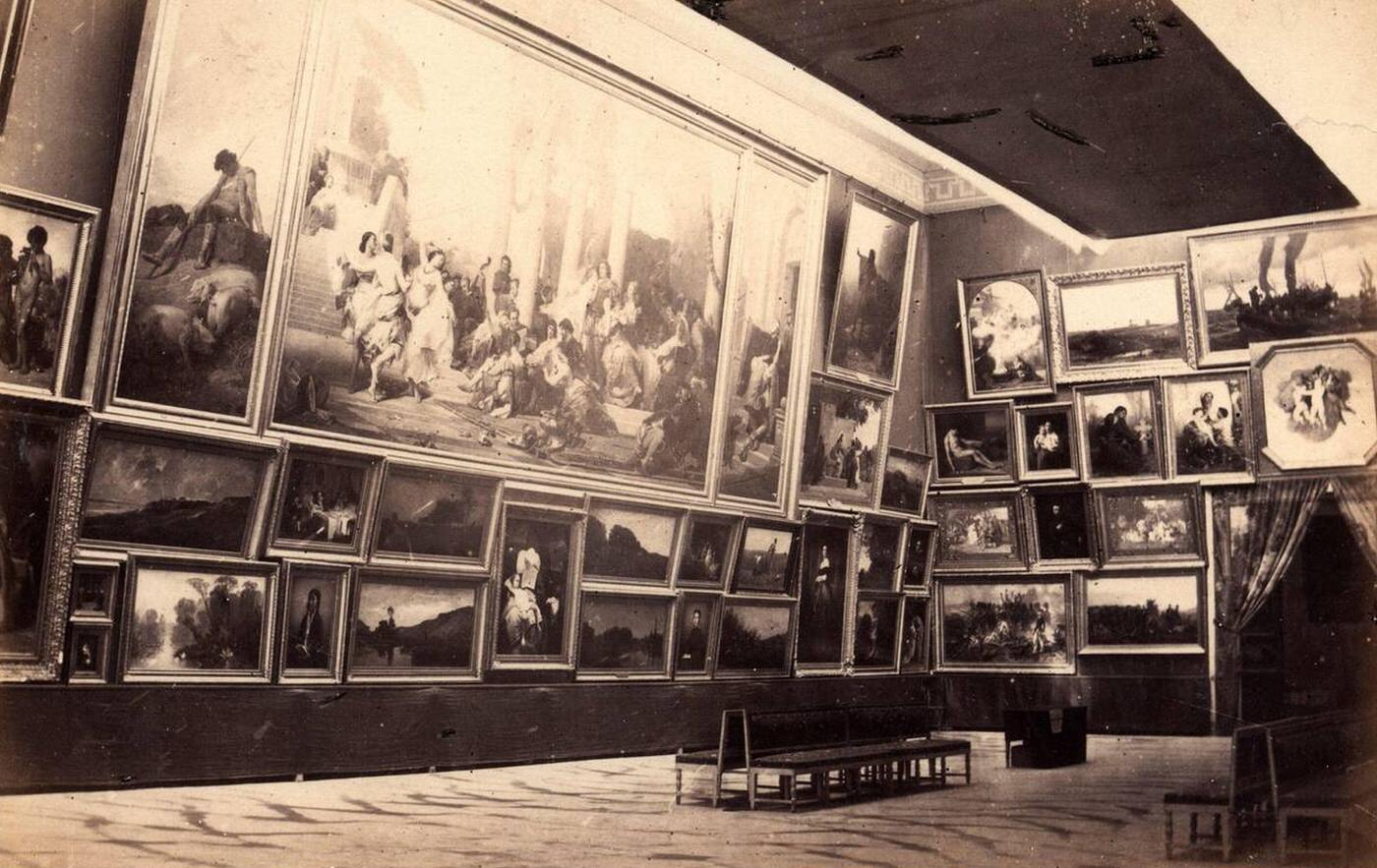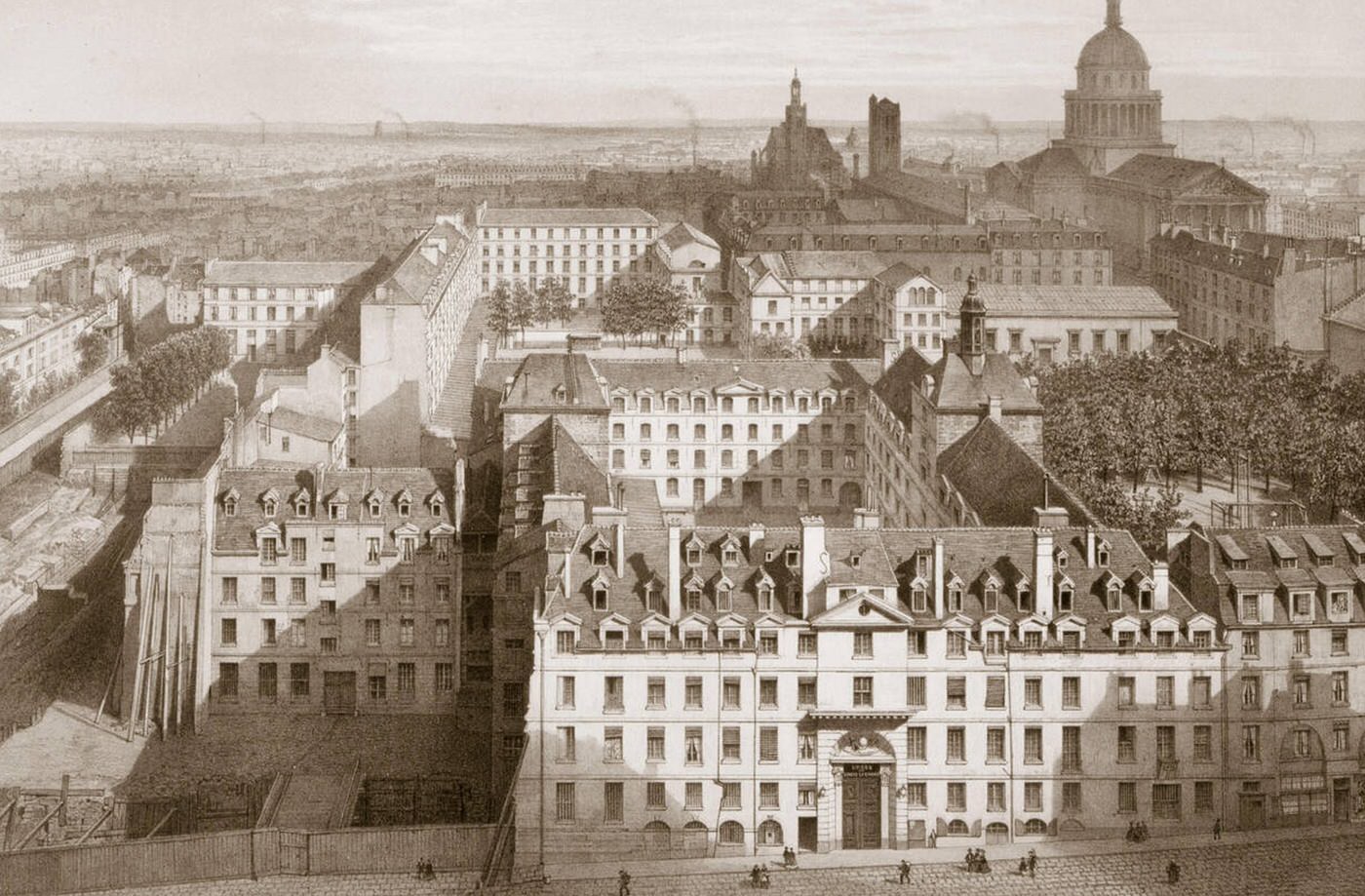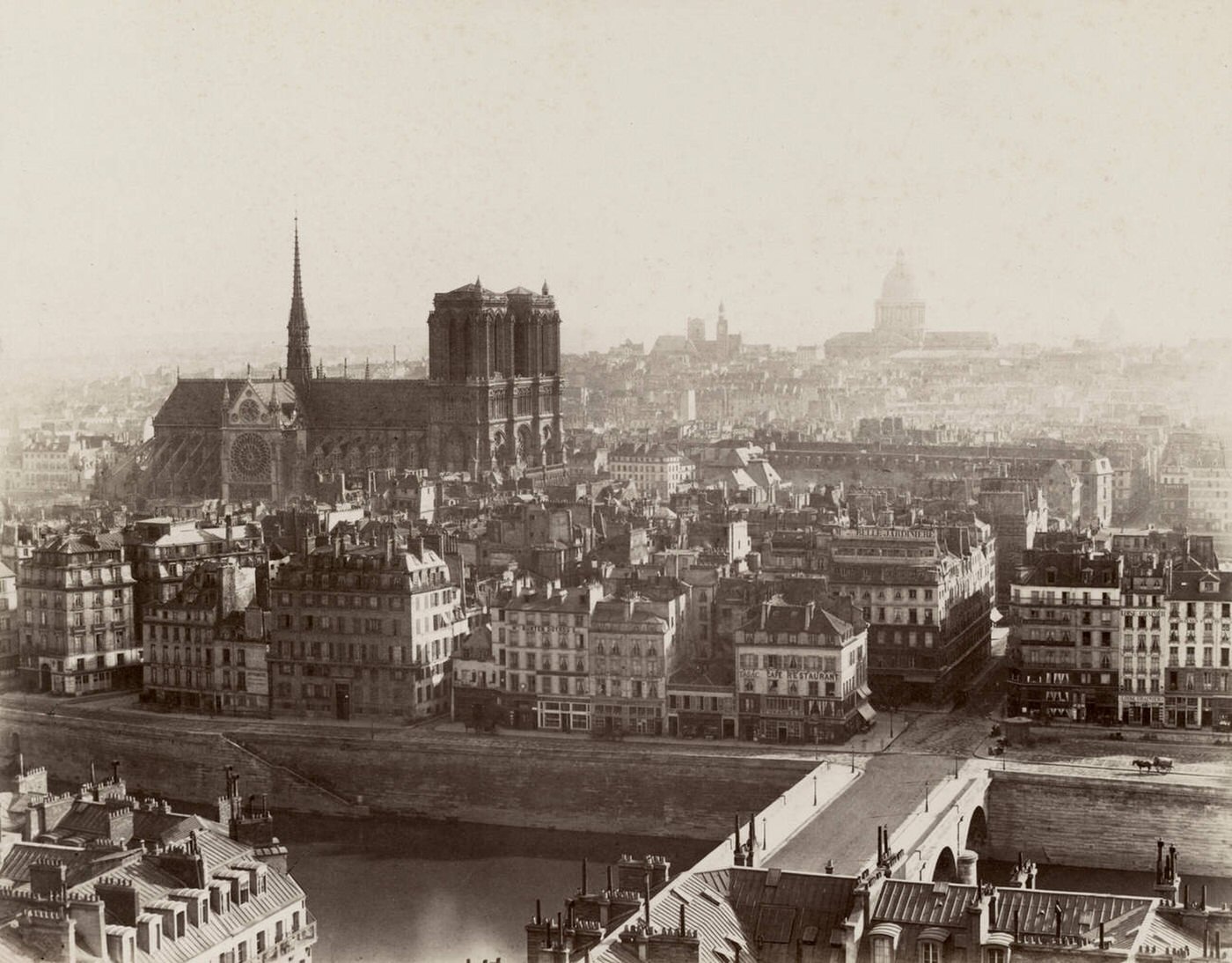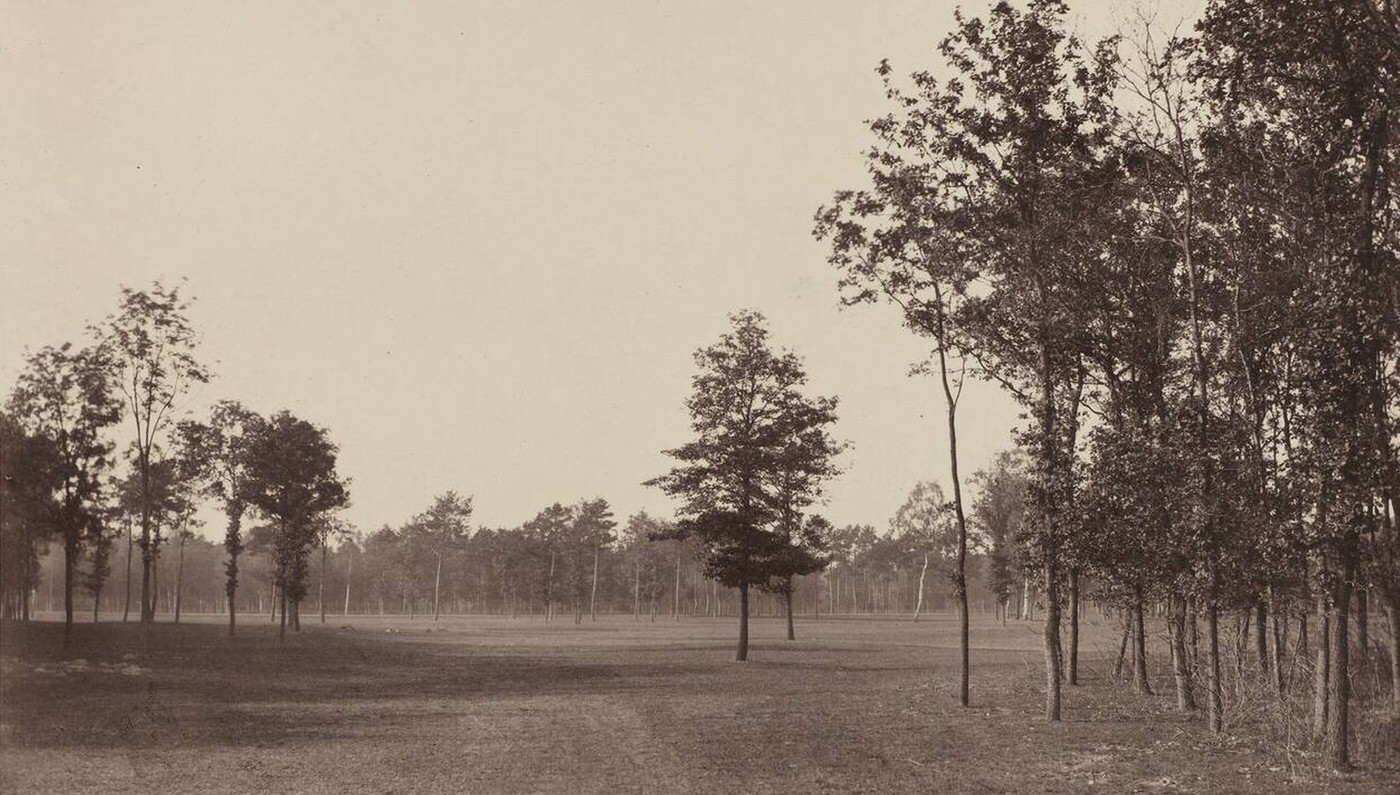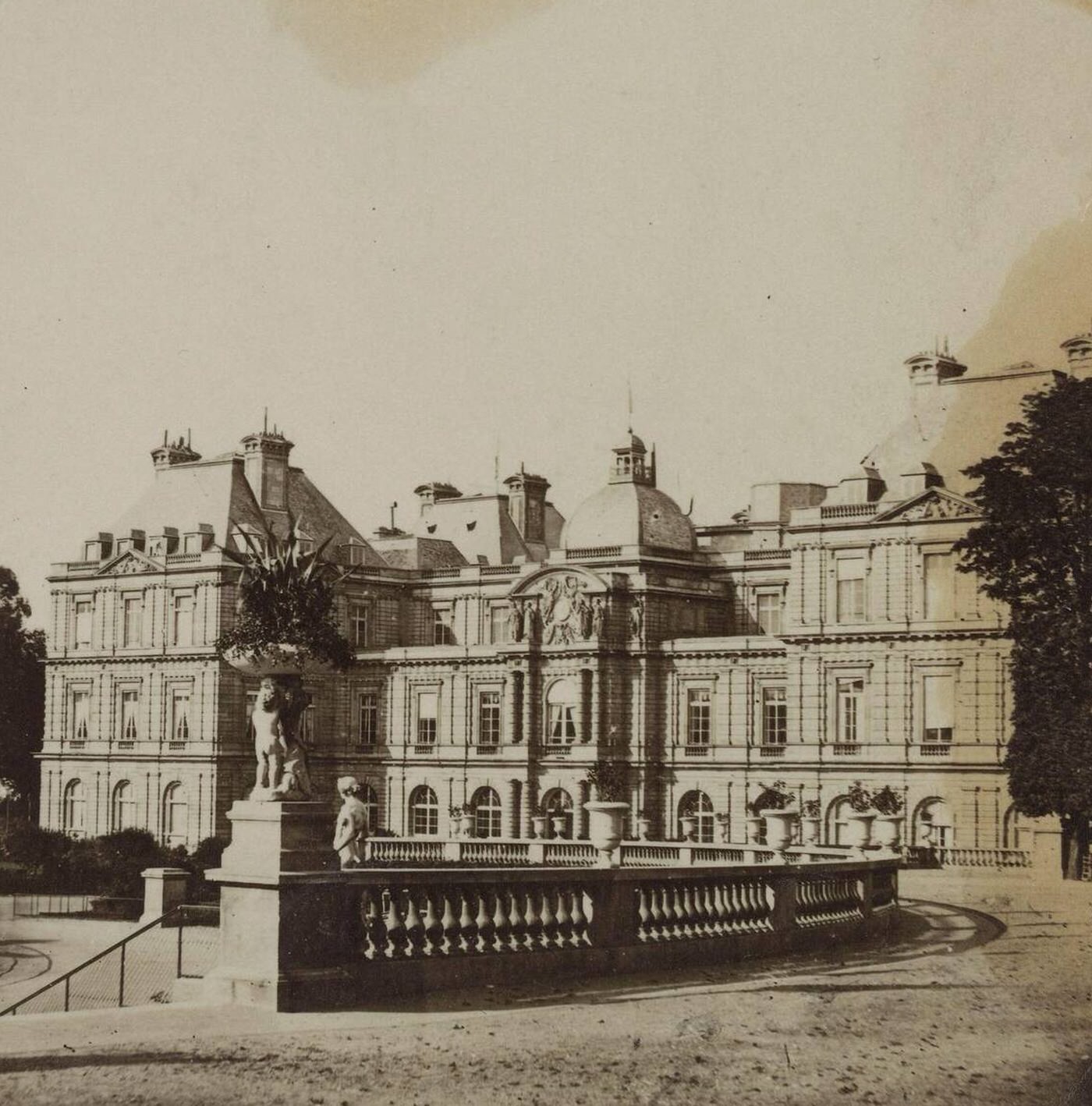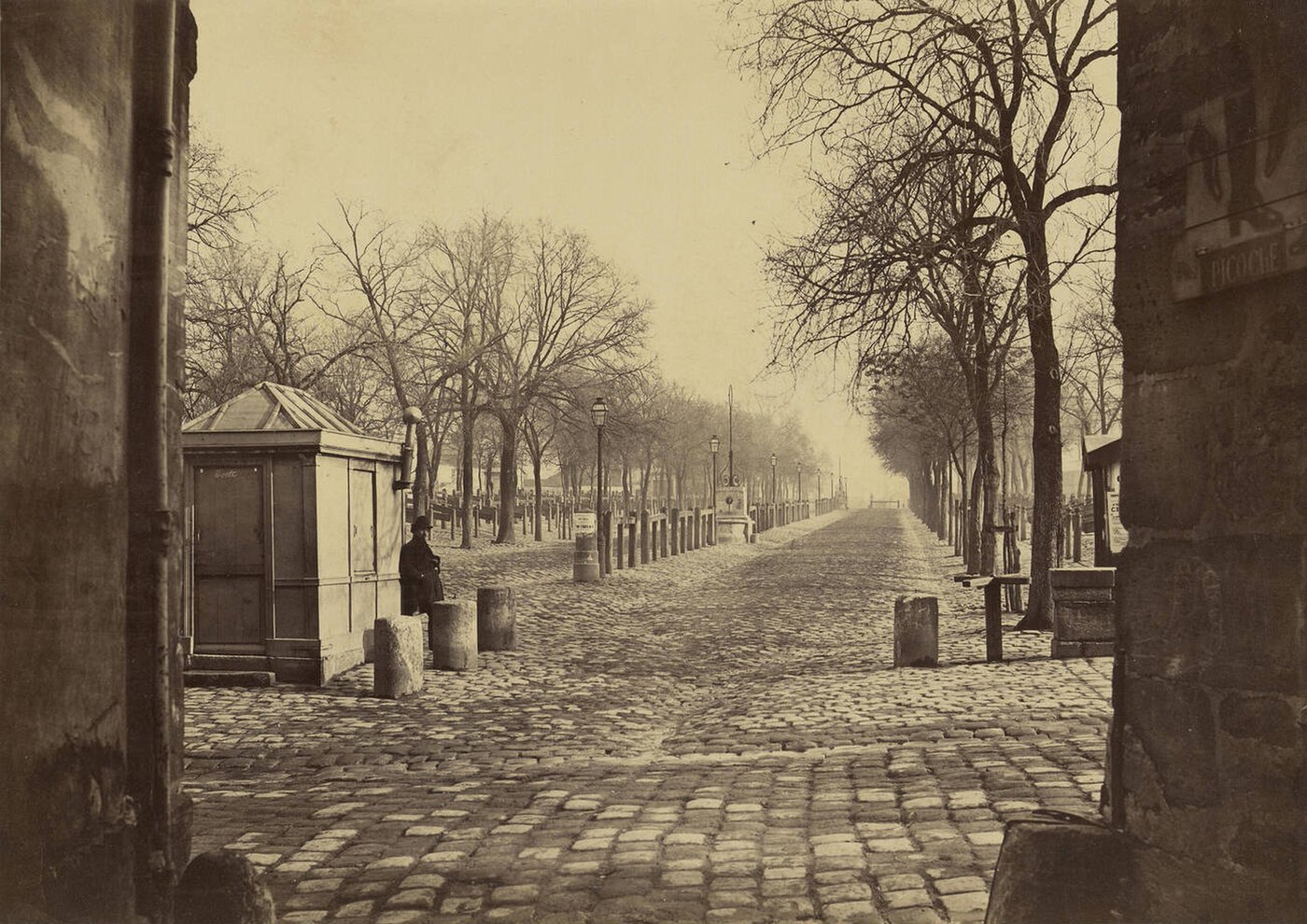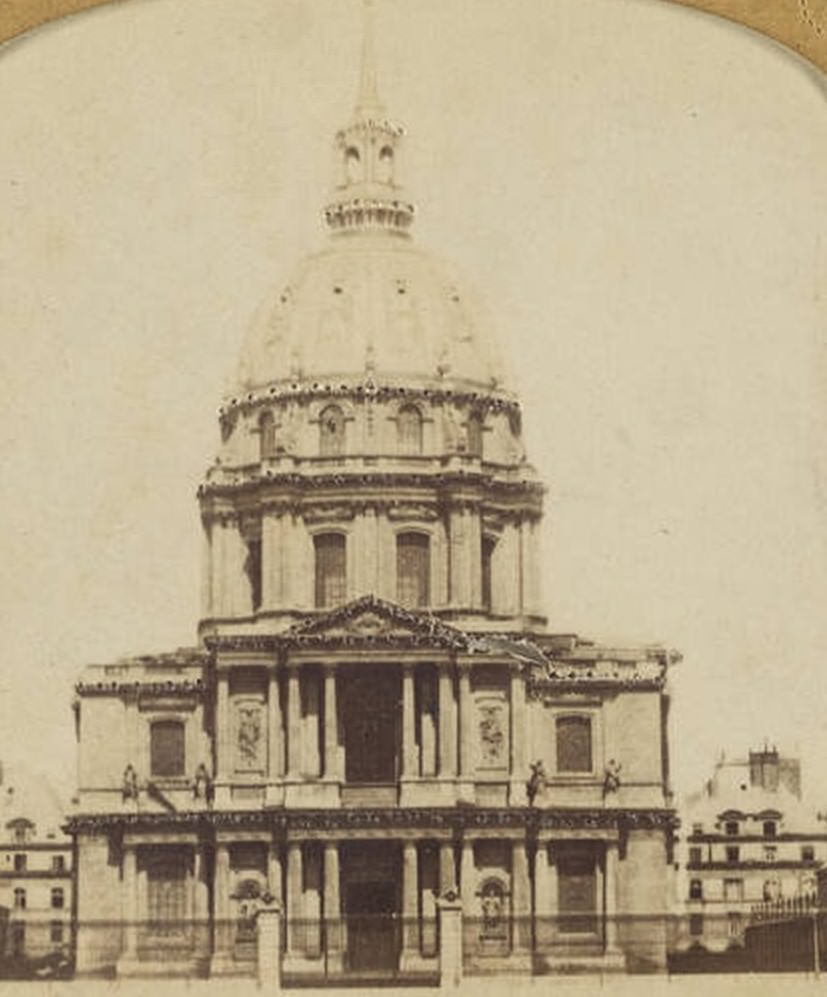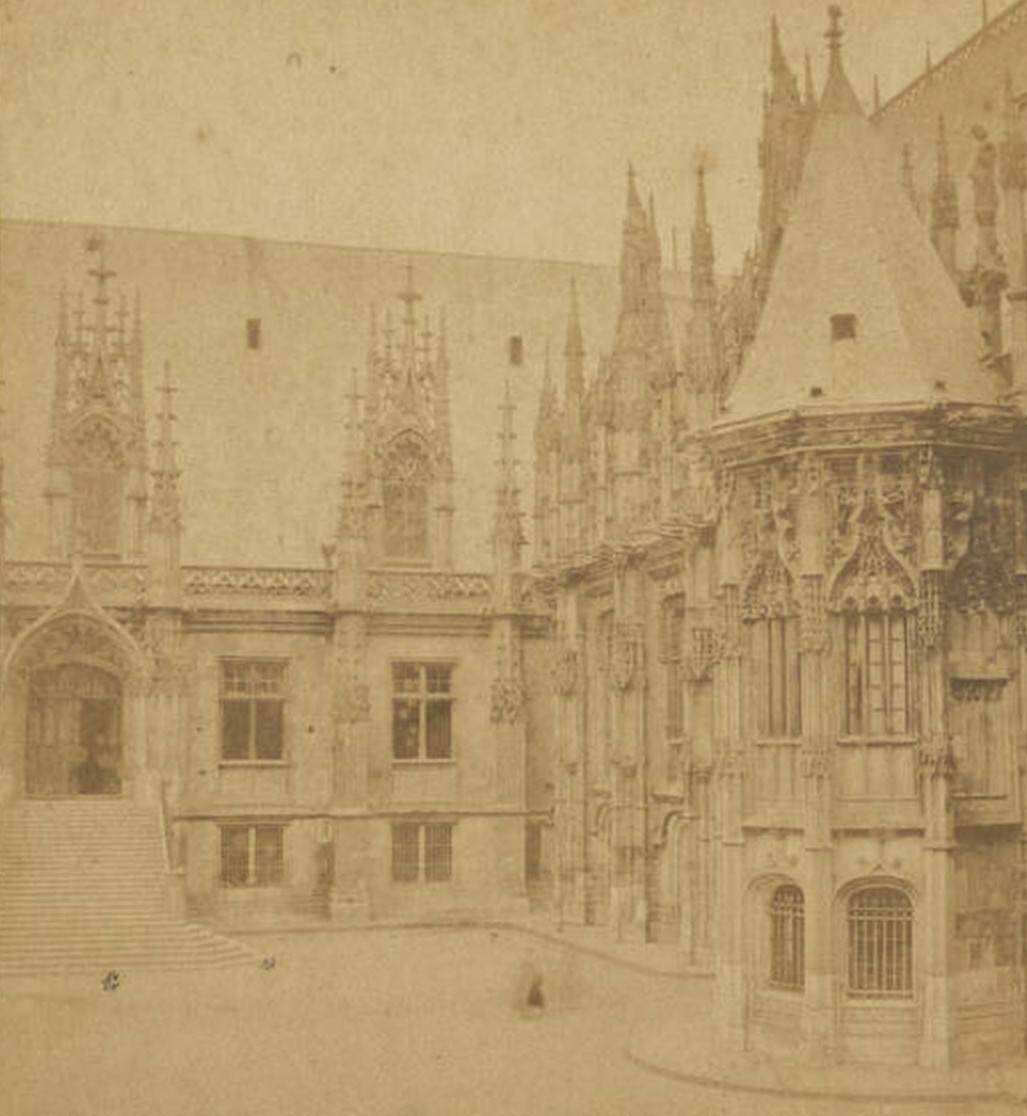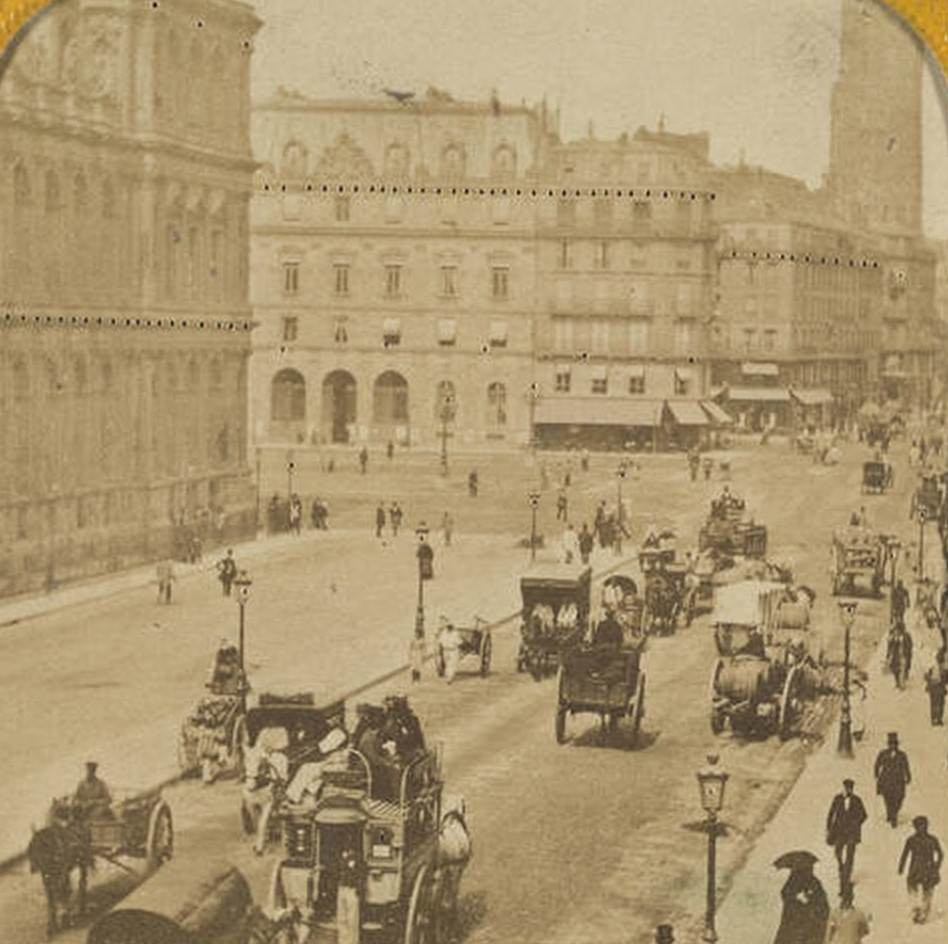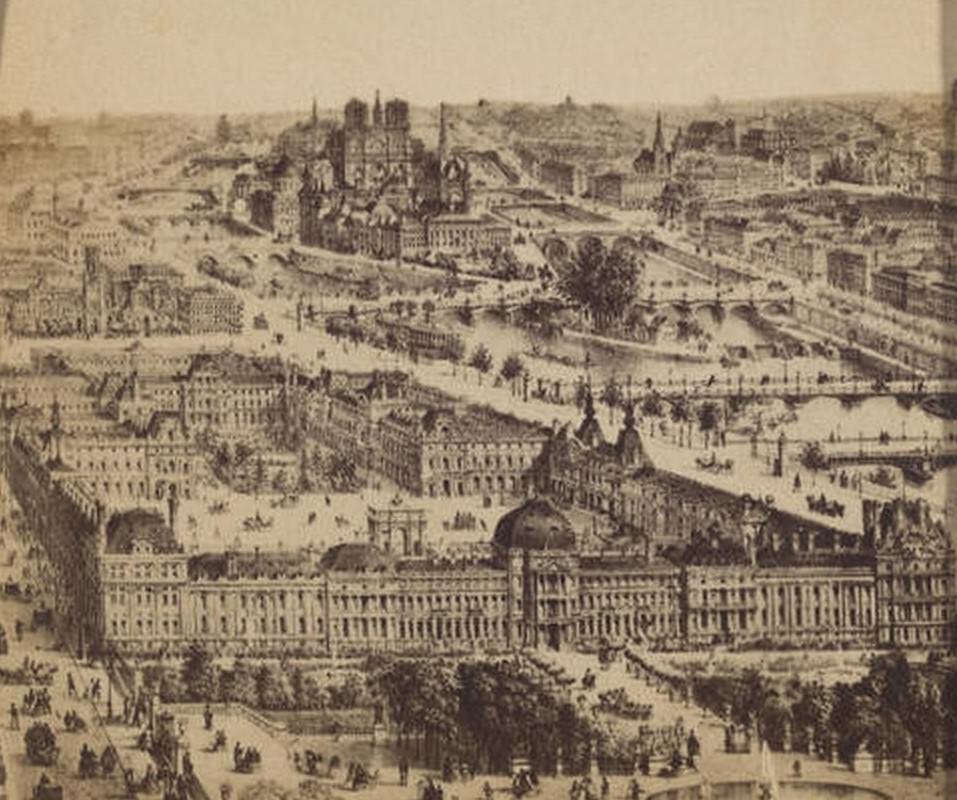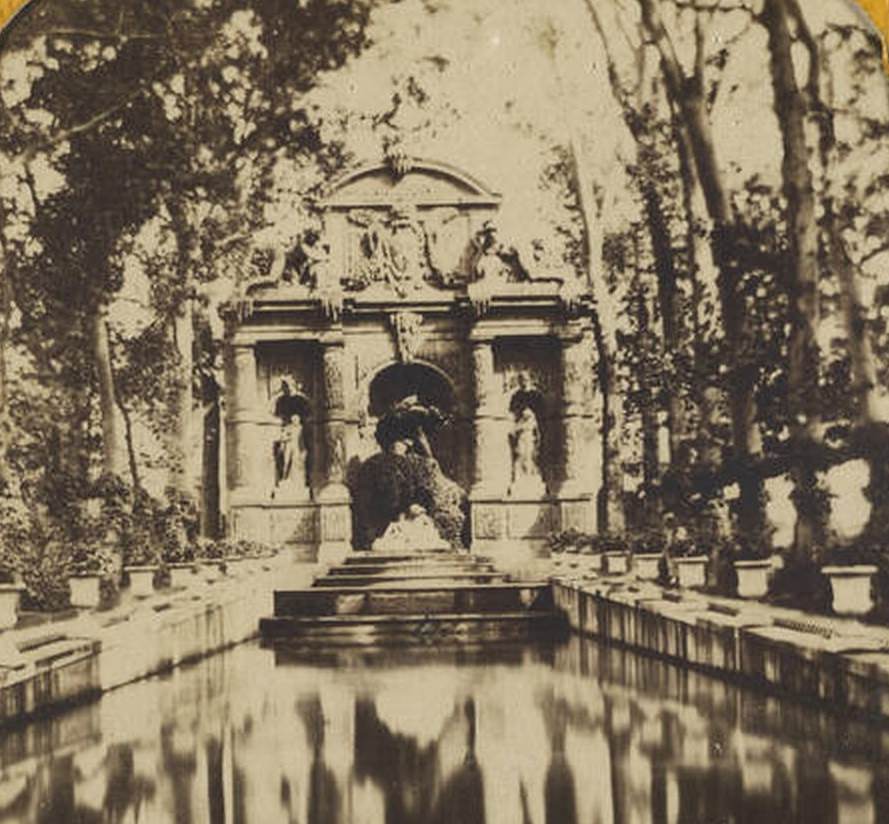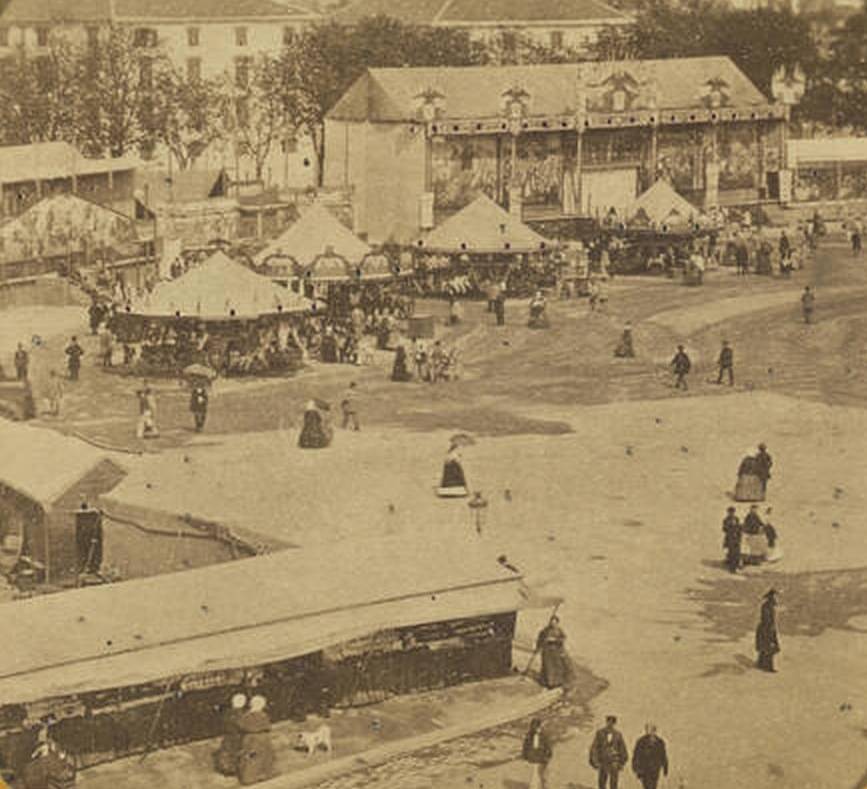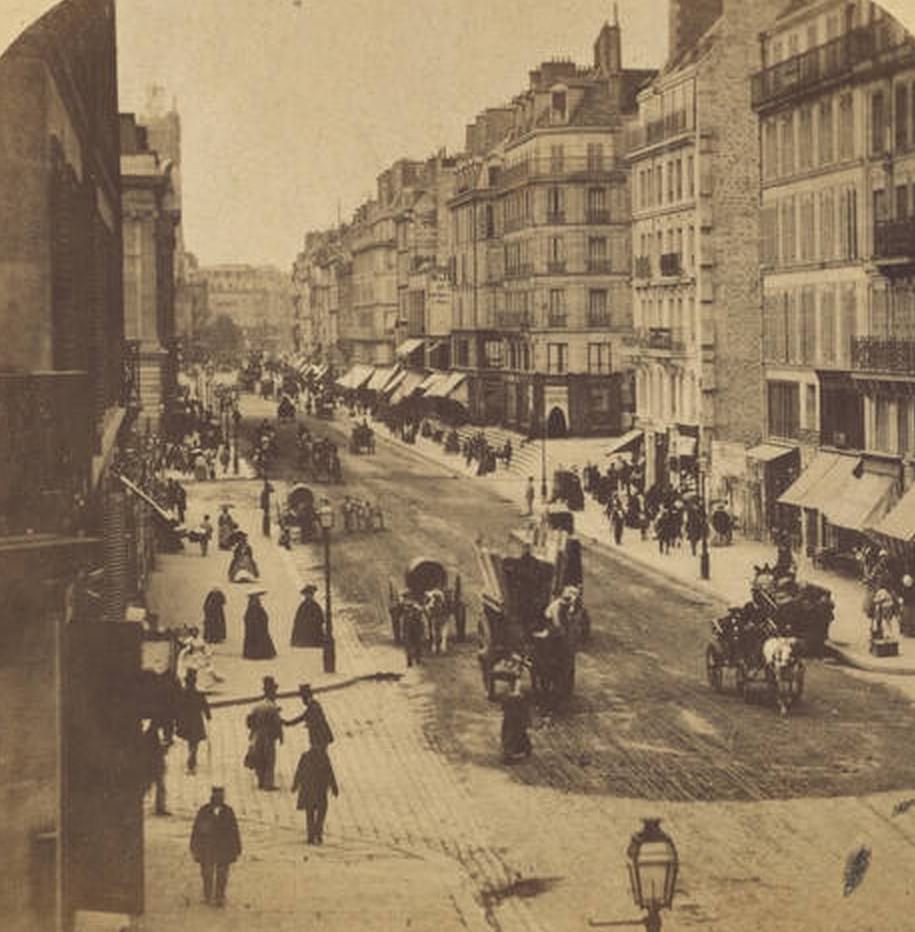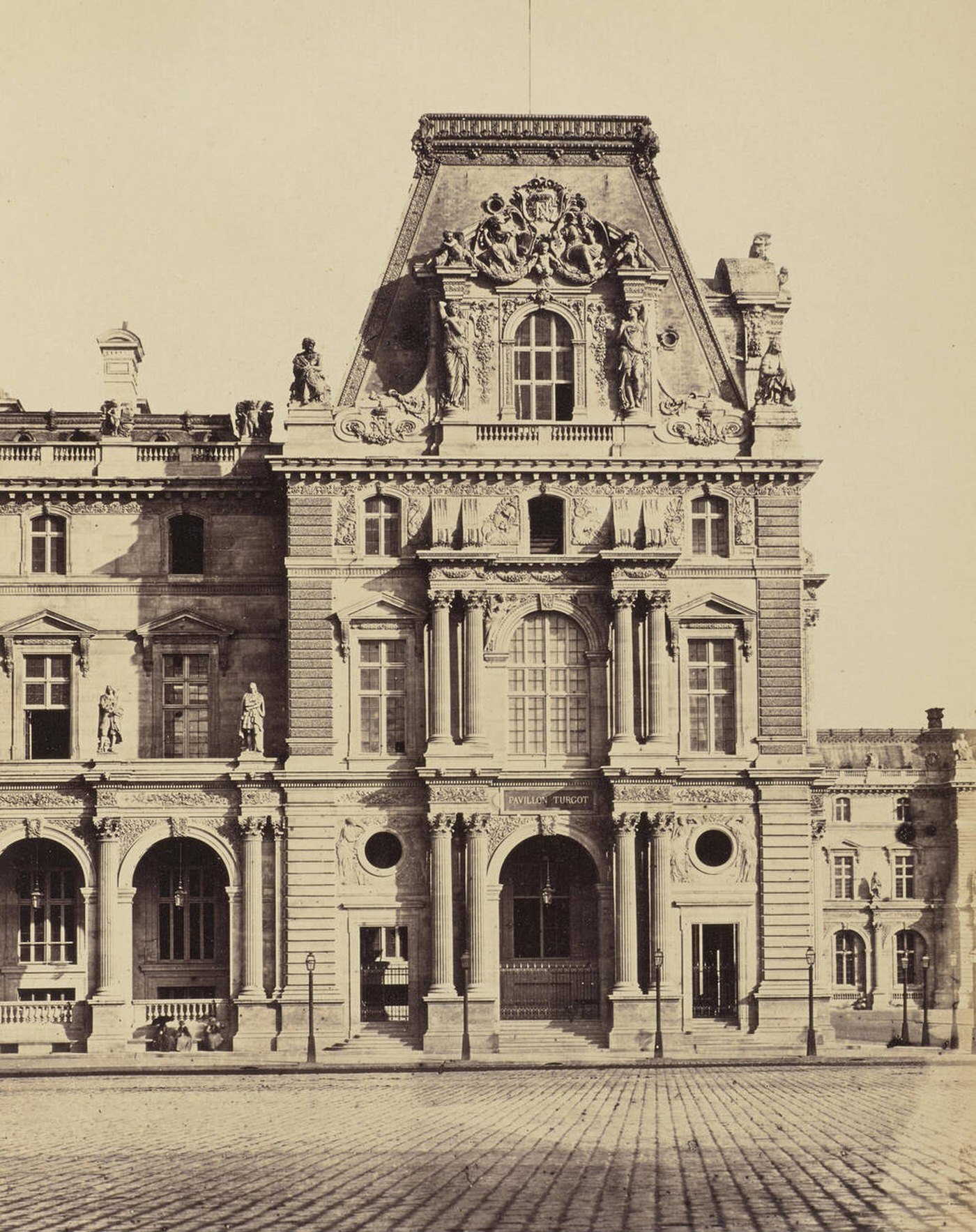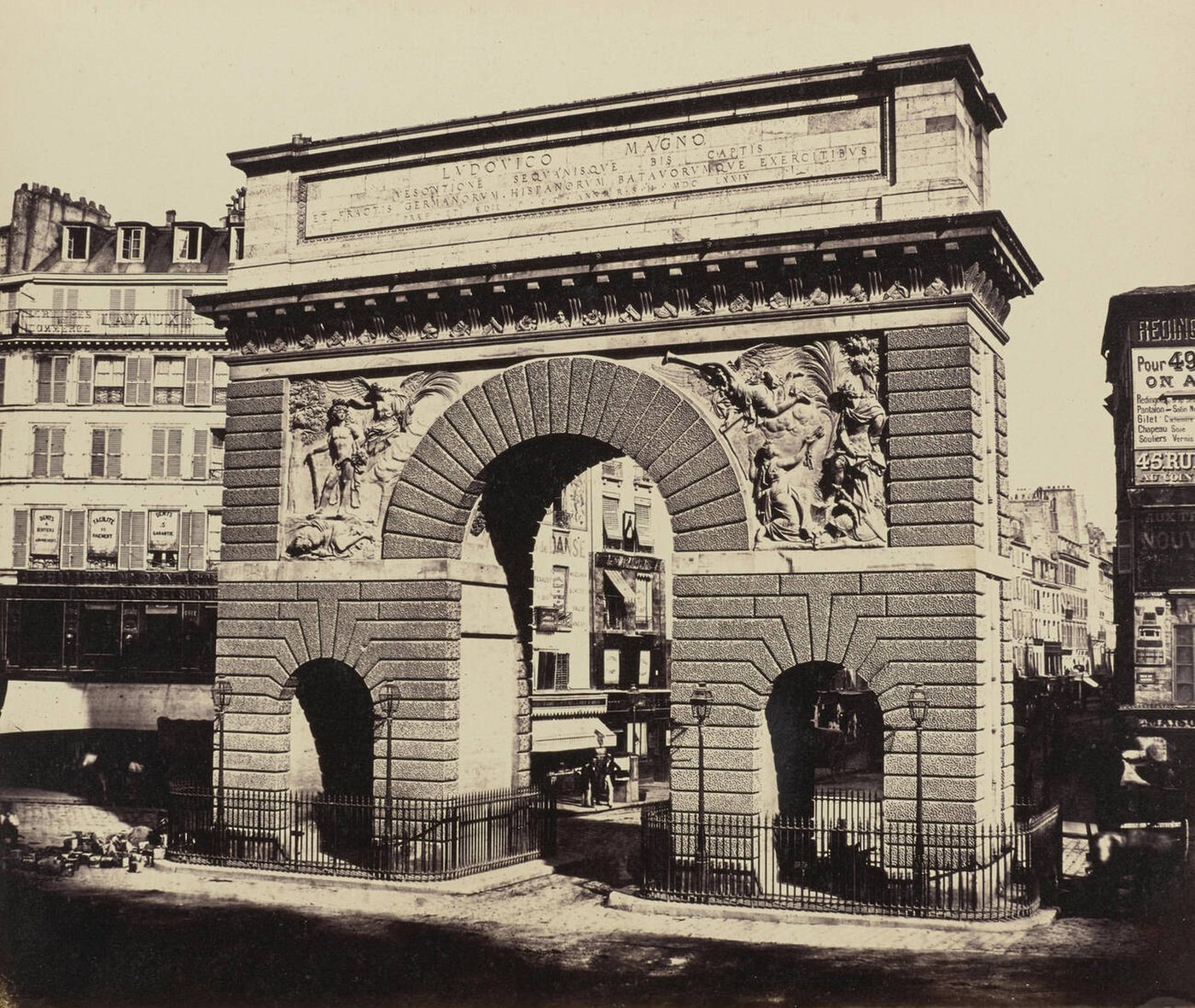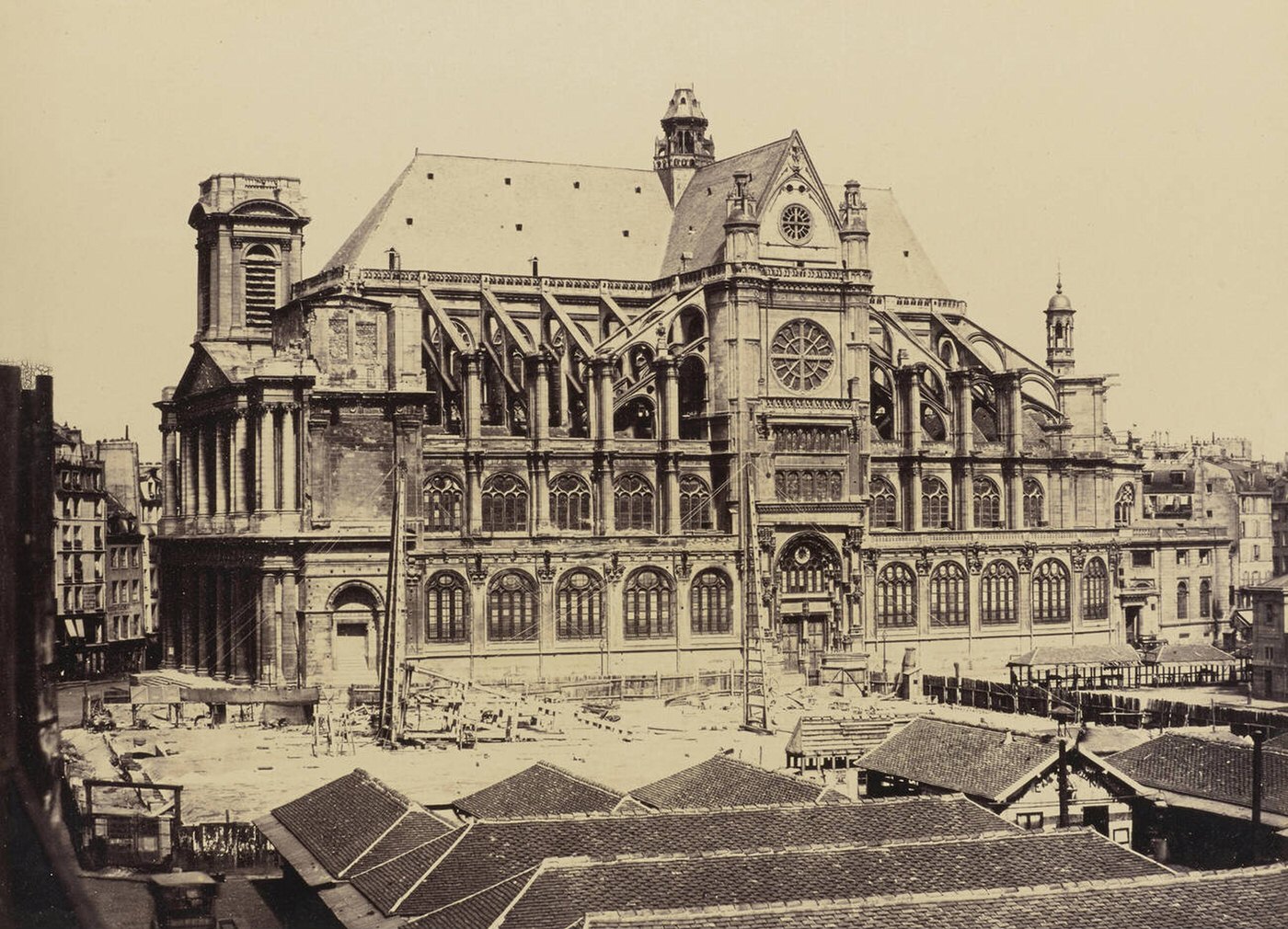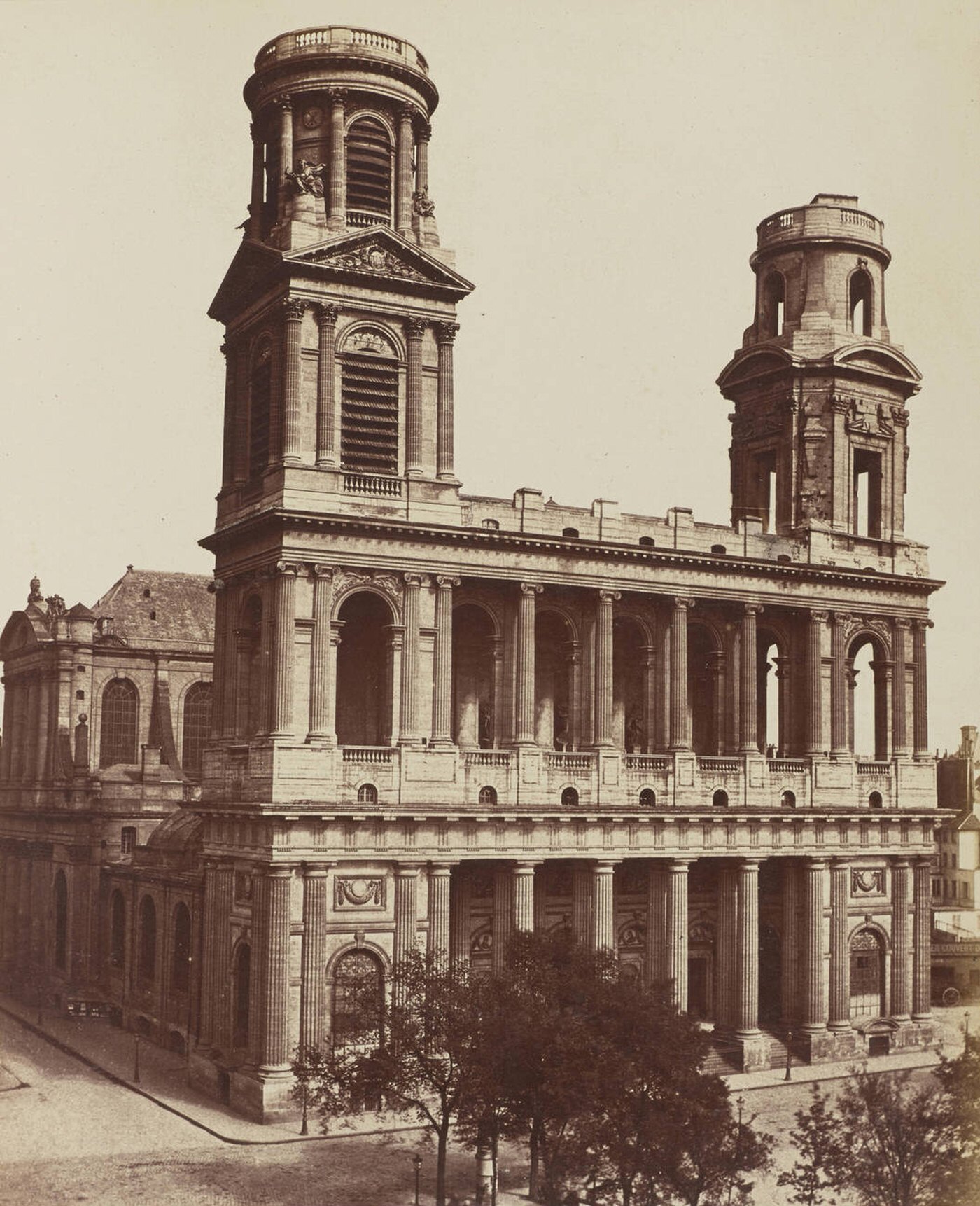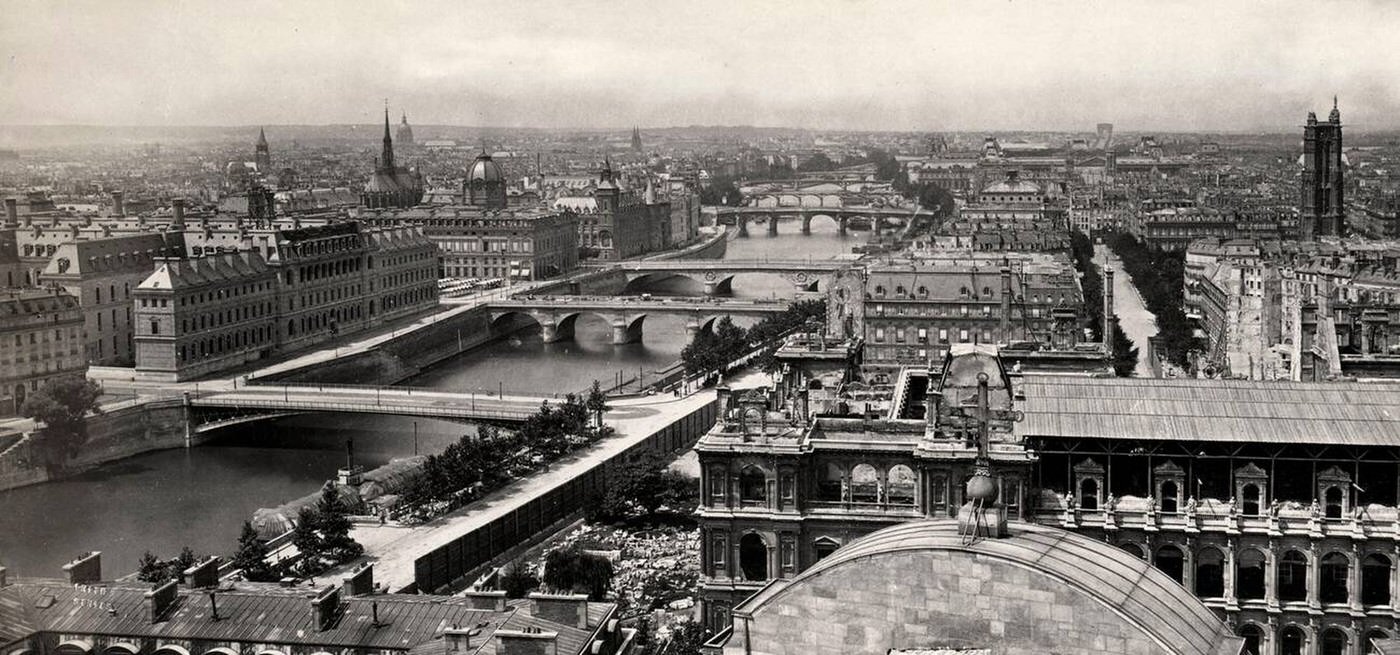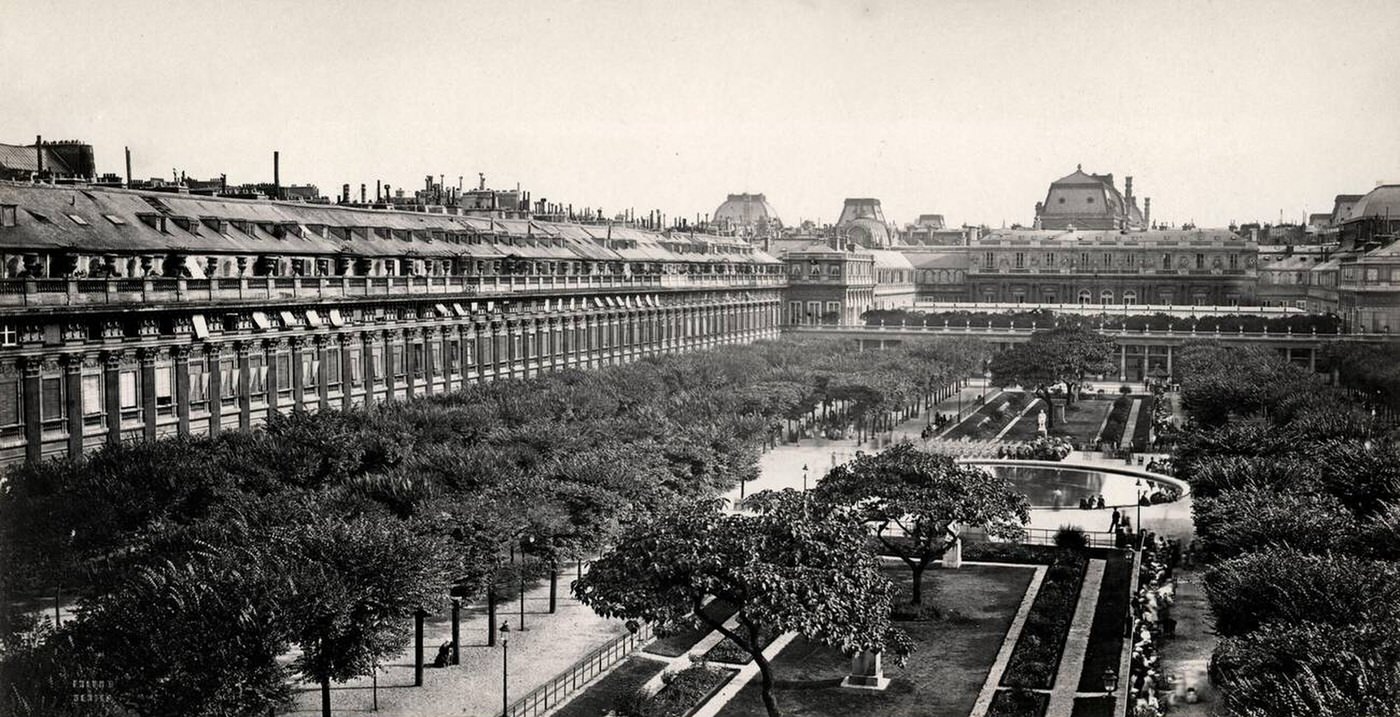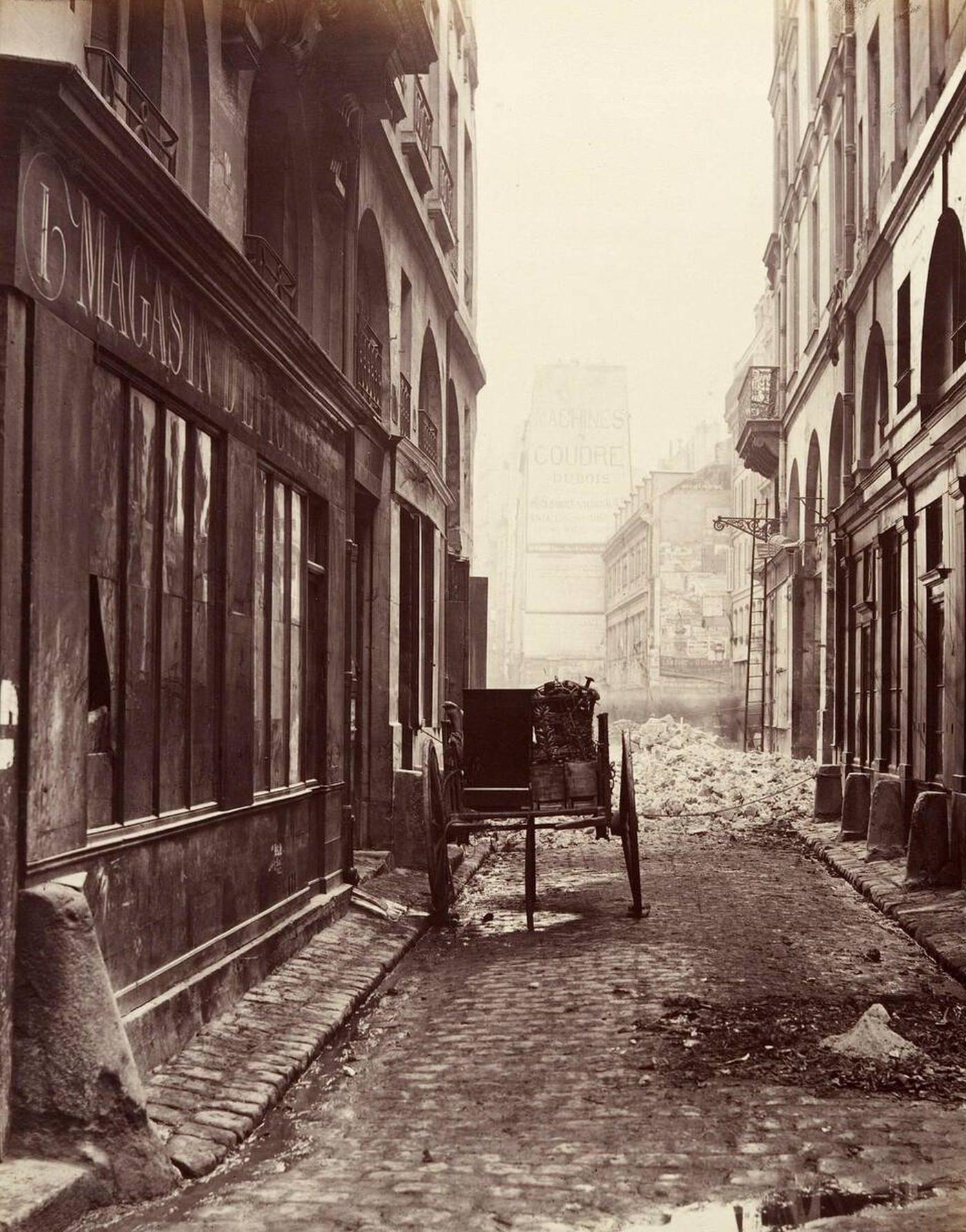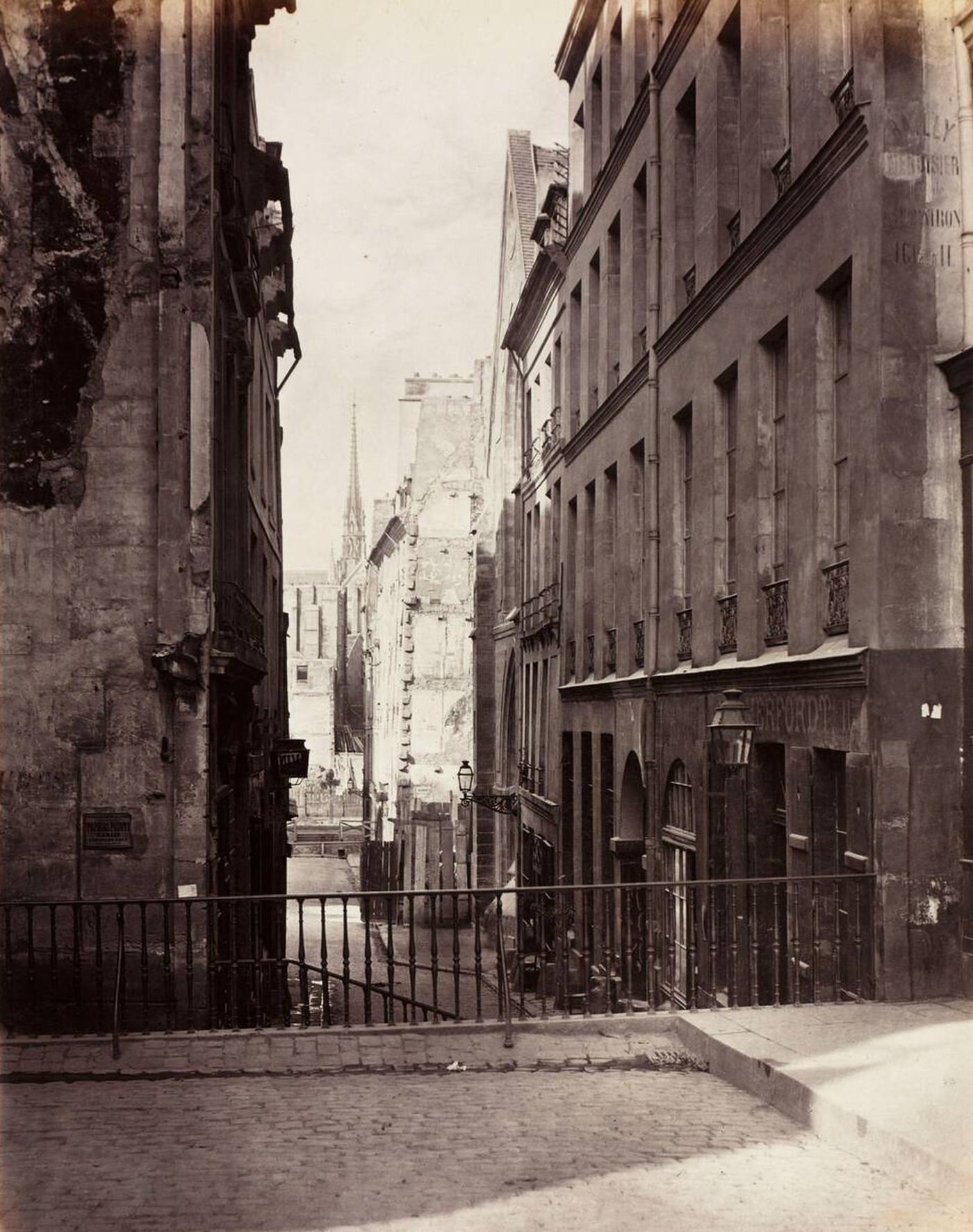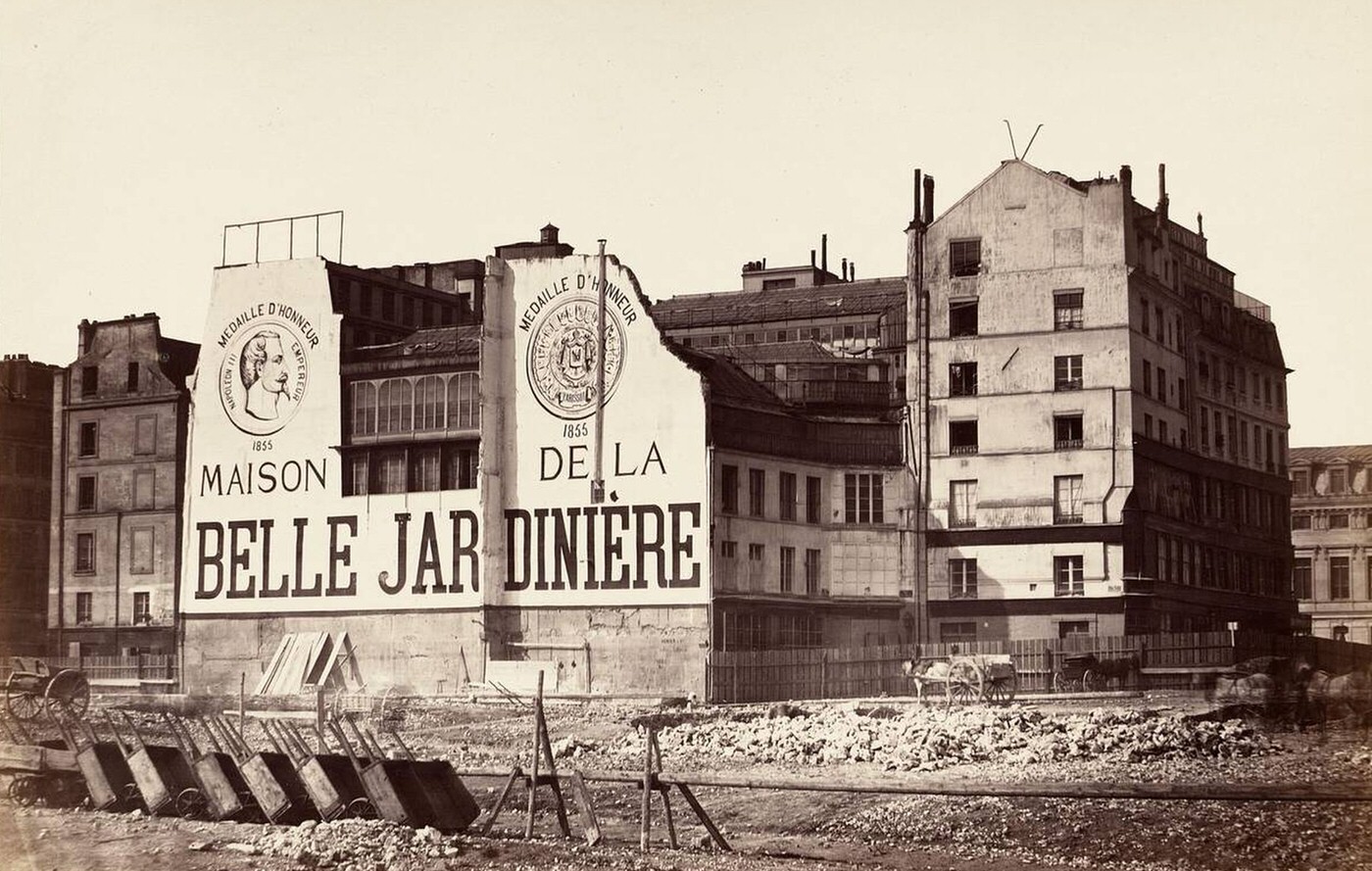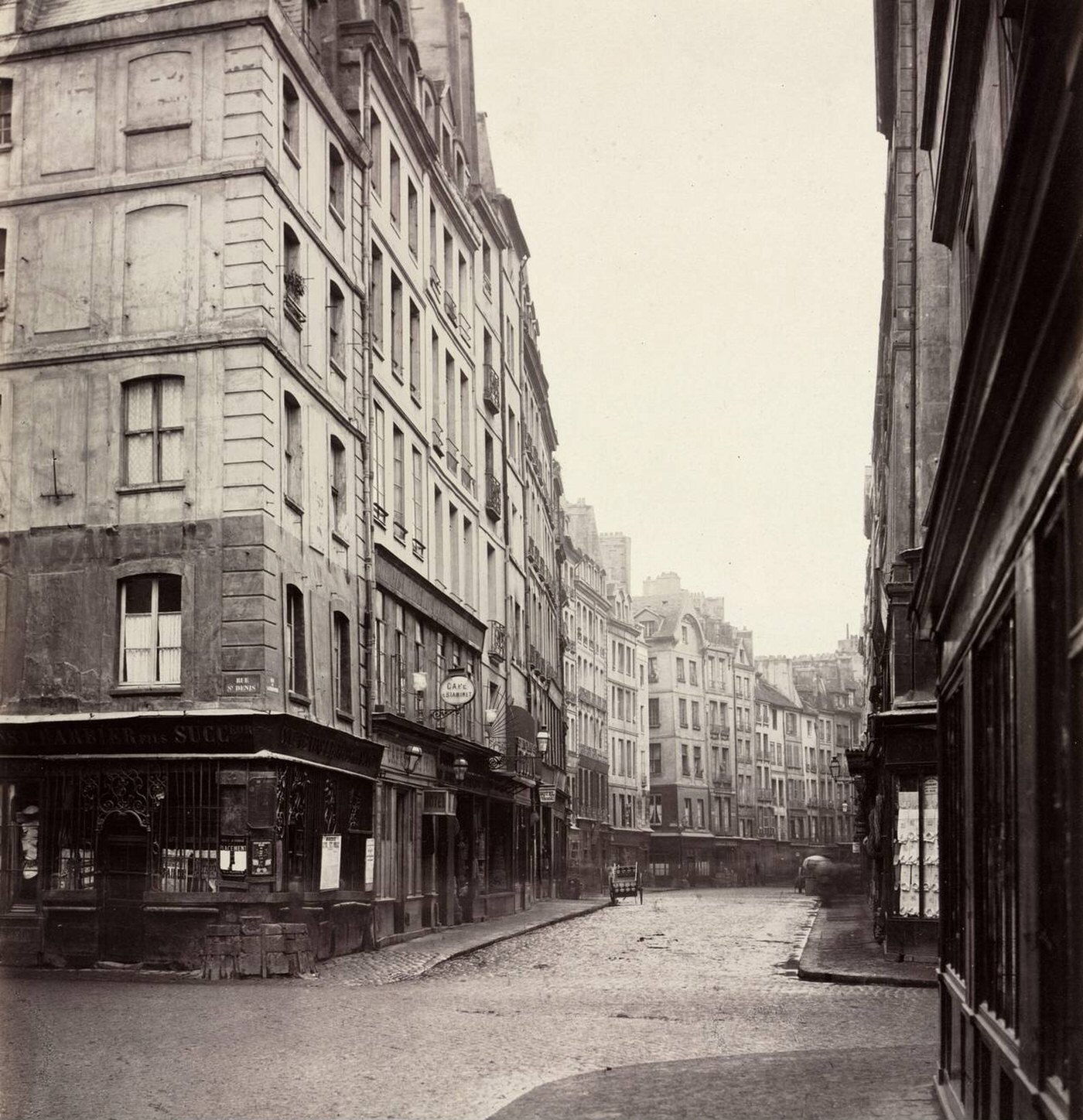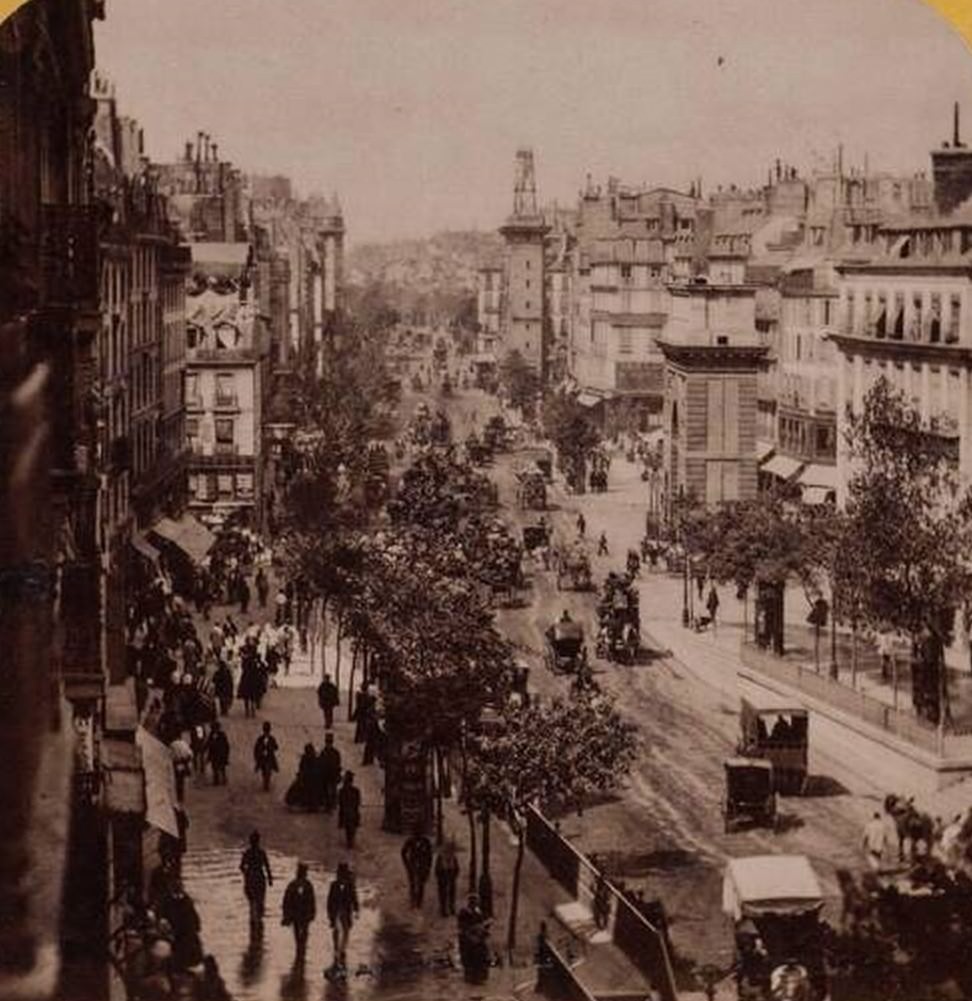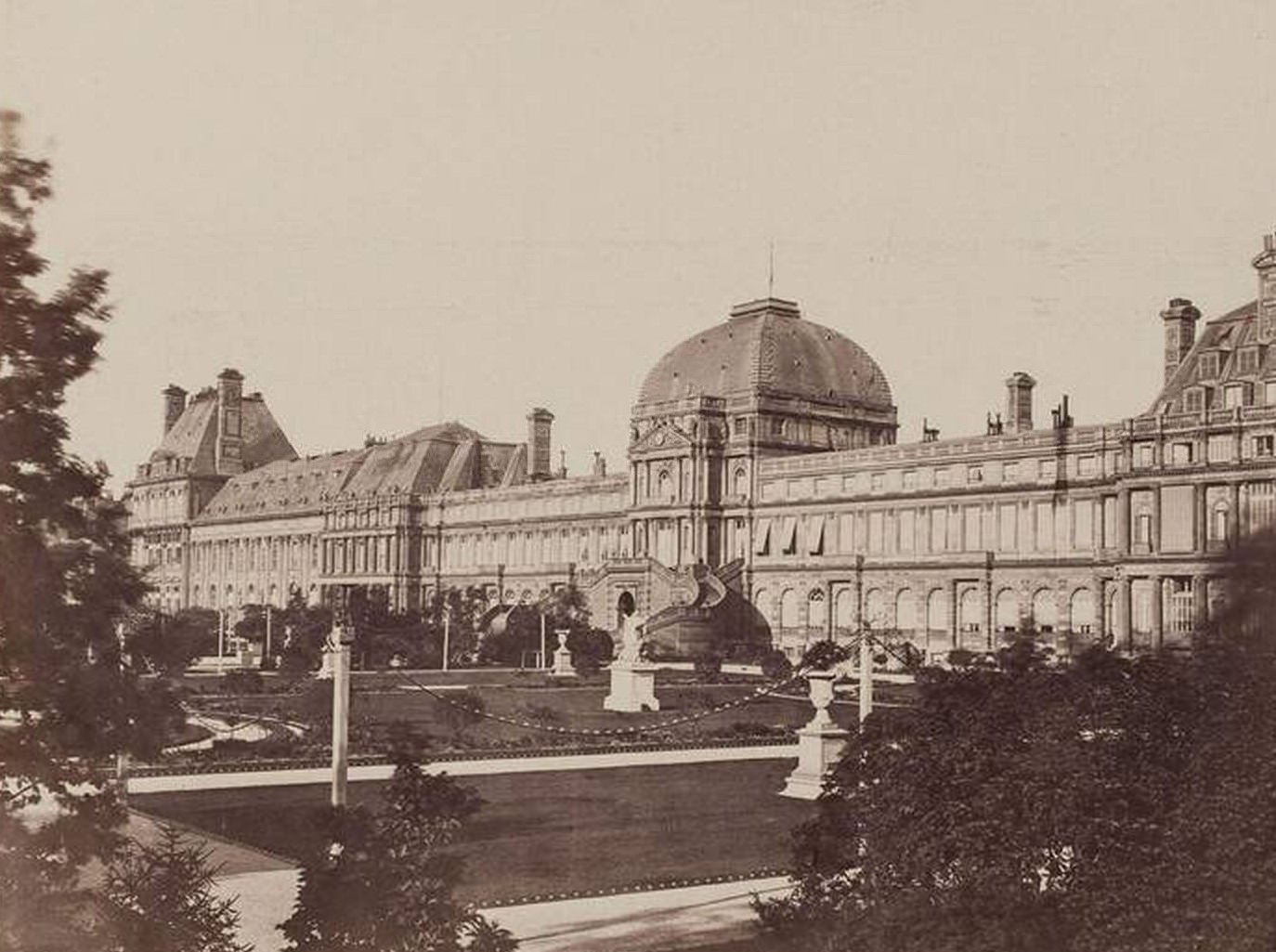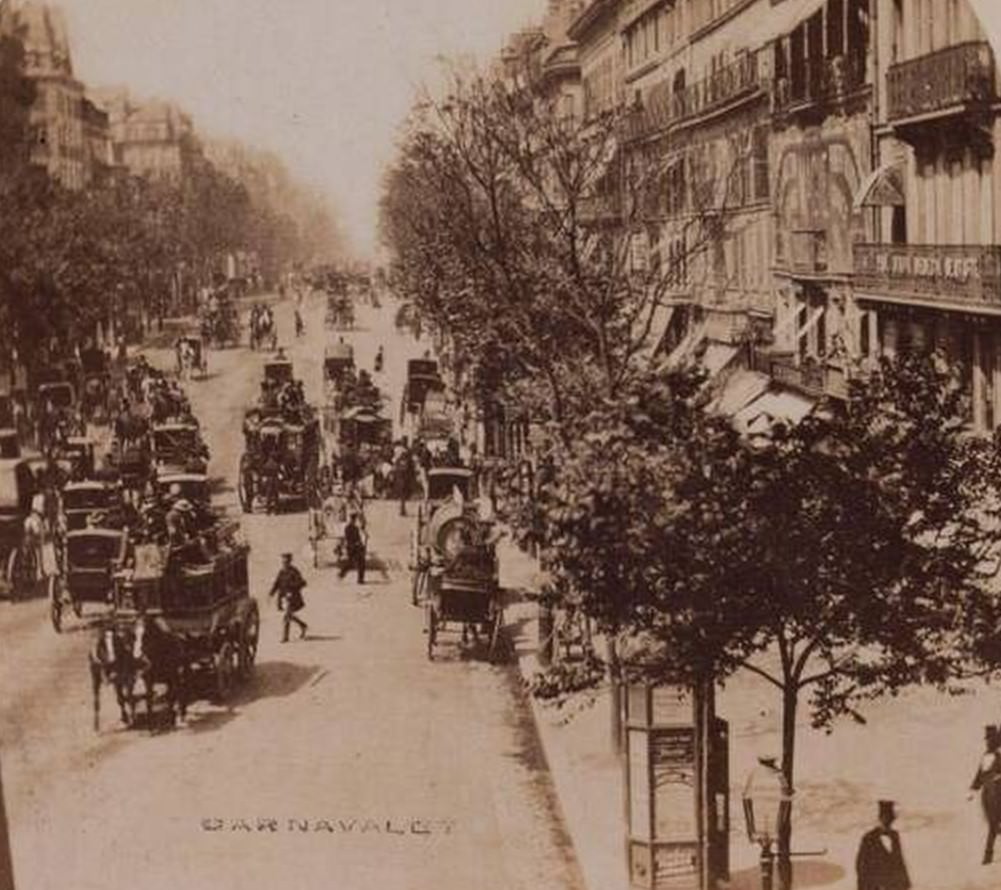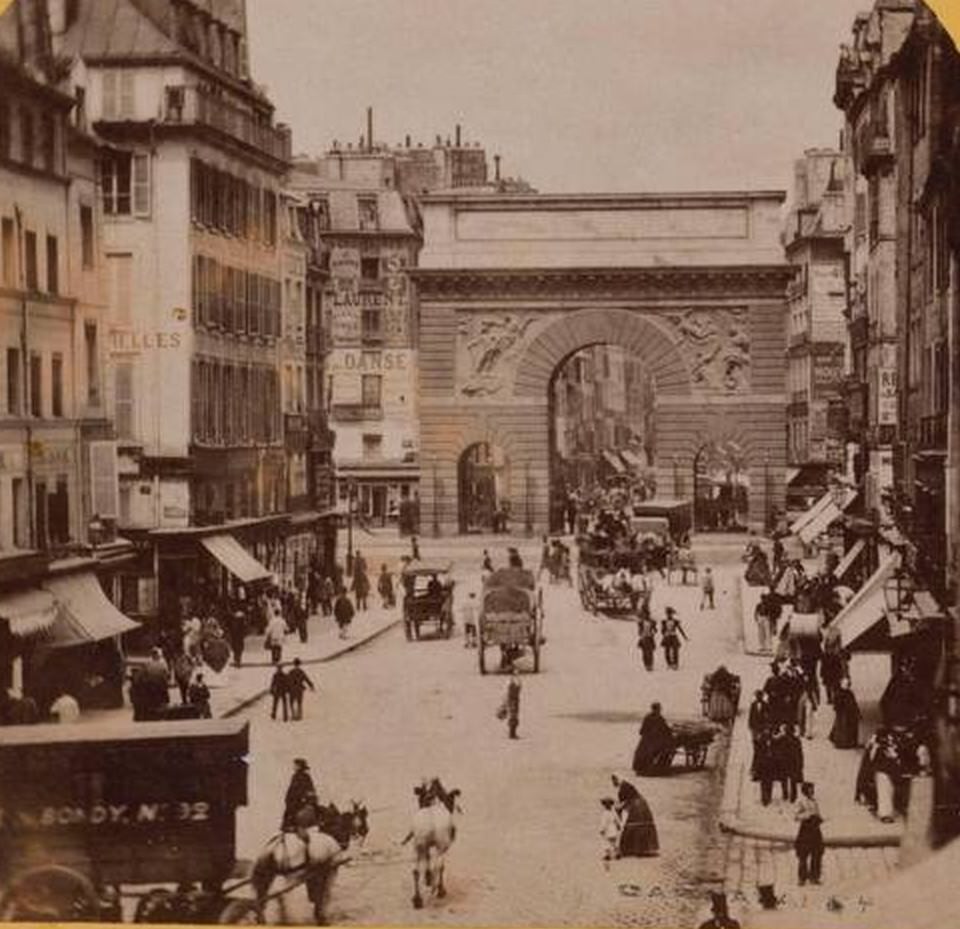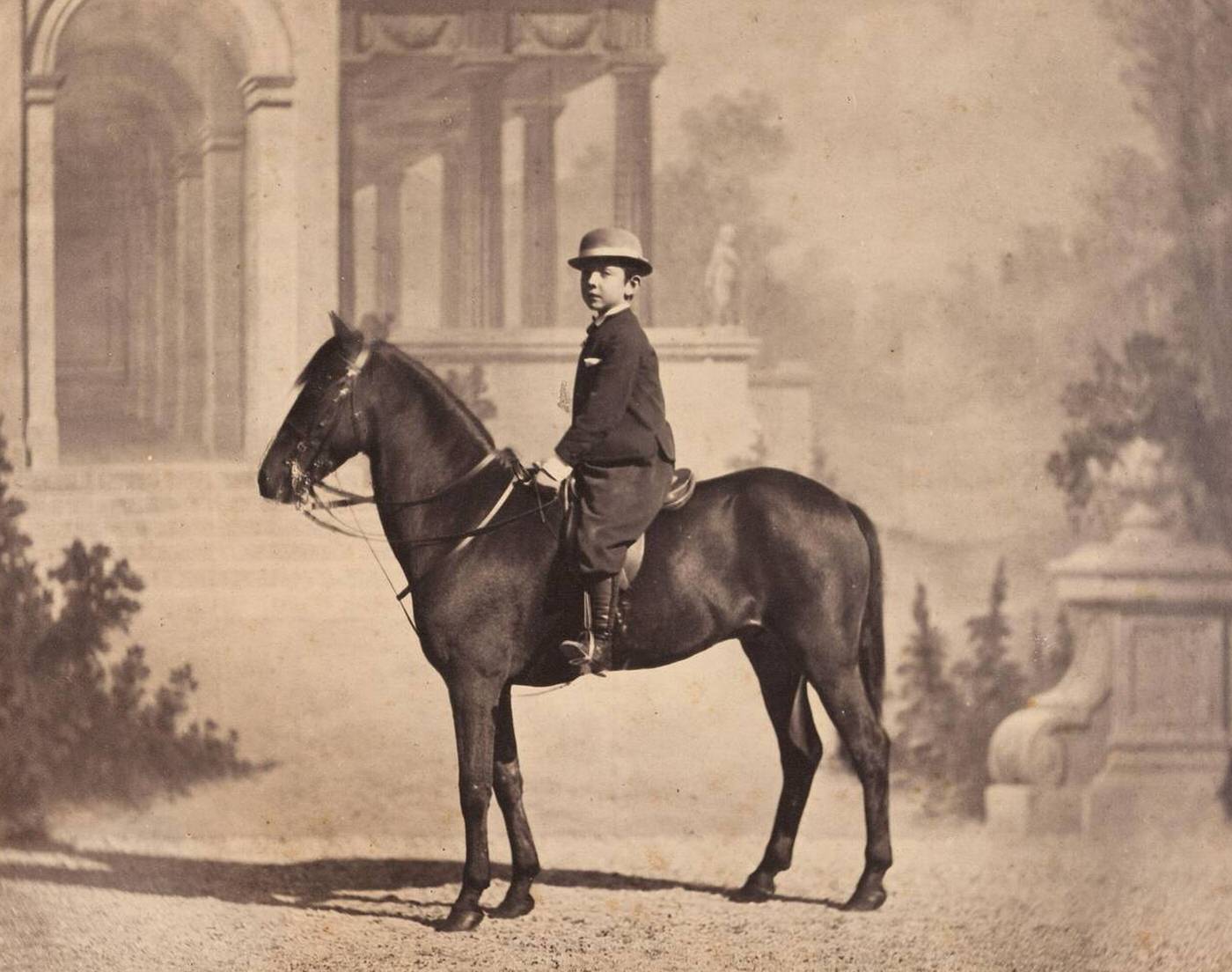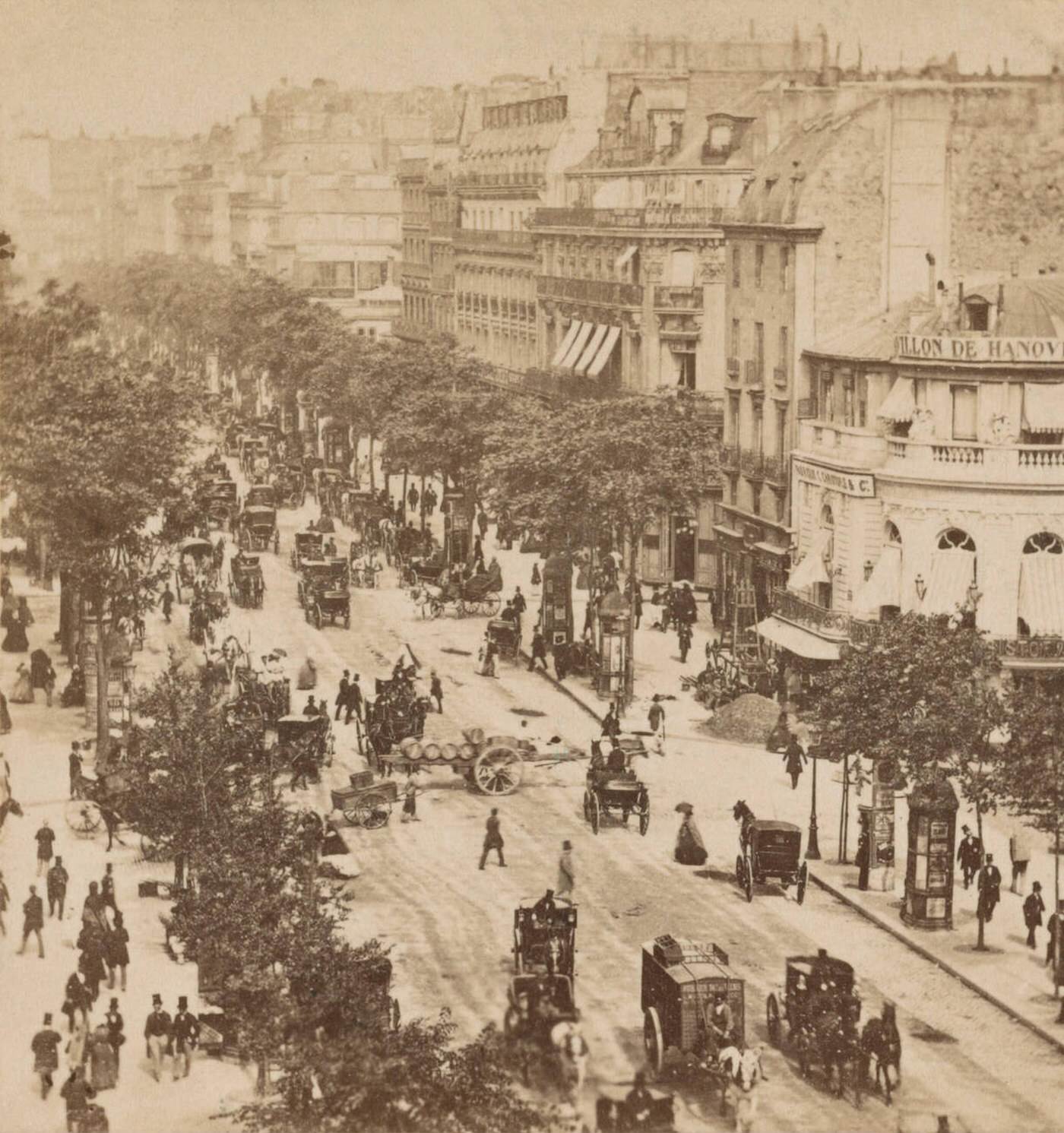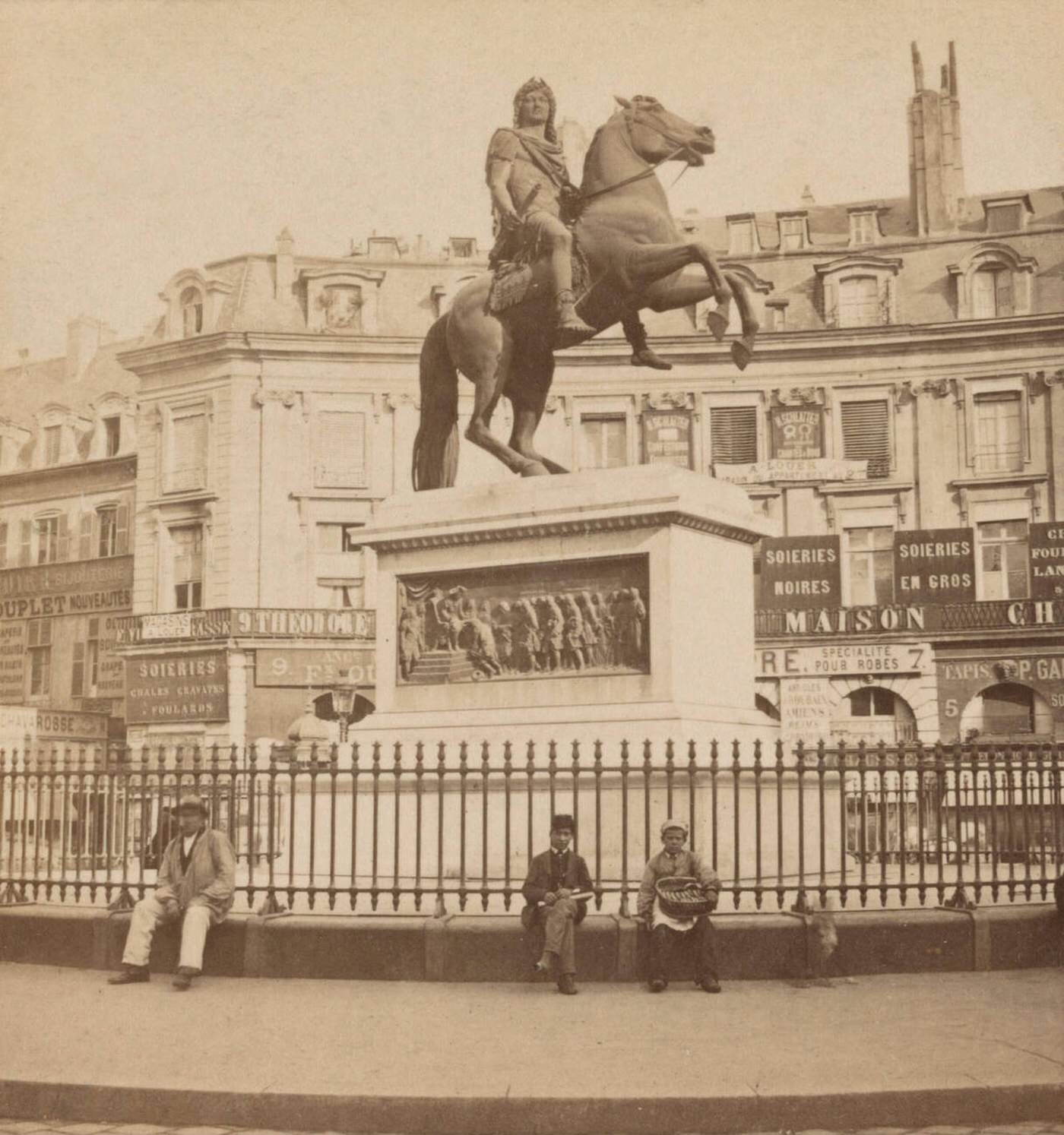The 1860s was a decade of monumental transformation for Paris. Under the rule of Emperor Napoleon III, the city underwent a massive and controversial urban renewal project that completely reshaped its character. The dark, cramped, and medieval city of the past was demolished to make way for the grand, open, and modern metropolis that is recognizable today.
Haussmann’s Renovation
The man responsible for this enormous undertaking was Baron Georges-Eugène Haussmann, the prefect of the Seine department. Beginning in the 1850s and continuing intensely through the 1860s, Haussmann’s plan involved tearing down entire neighborhoods of narrow, winding streets and unsanitary tenement buildings. Before this renovation, central Paris was a labyrinth of dark alleys, which were overcrowded and prone to outbreaks of diseases like cholera.
In their place, Haussmann carved out a new city plan defined by wide, straight, tree-lined boulevards. These grand avenues, such as the Boulevard Saint-Germain and the Avenue de l’Opéra, were not just for aesthetics; they were designed to improve traffic circulation, bring light and air into the dense city center, and make it more difficult for citizens to build barricades during periods of civil unrest. The project was vast, with tens of thousands of buildings being demolished and hundreds of thousands of people being displaced.
Read more
A City of Boulevards and Parks
Life in the new Paris centered around these boulevards. They were lined with elegant, uniform apartment buildings constructed from cream-colored stone, with shops and cafes on the ground floor. This architectural style became a signature of the city. The boulevards created a new public space for Parisians to see and be seen. The activity of strolling aimlessly along these avenues, known as “flânerie,” became a popular pastime for the city’s middle and upper classes.
The renovations also introduced green spaces into the urban landscape. Large parks like the Bois de Boulogne and the Bois de Vincennes were created on the city’s western and eastern edges, designed to serve as the “lungs” of Paris. Numerous smaller parks and public squares were also established throughout the city, providing residents with places for leisure and recreation. A modern sewer system was constructed beneath the new streets, dramatically improving public sanitation.
Culture and Society in the Second Empire
The Paris of the 1860s was the glittering capital of the Second French Empire. The newly built boulevards and public spaces fostered a vibrant café culture, where artists, writers, and citizens would gather to debate politics and ideas. The city became a center for luxury, entertainment, and the arts. The grand Paris Opéra, designed by Charles Garnier, began construction during this decade, intended as a monument to the empire’s cultural prestige.


